Jones Family Imprint
Across The Sandhills
Jones Family Imprint
By Lee Pace
The Jones Family of Montclair, N.J., has a long-standing connection with the Sandhills area of North Carolina.
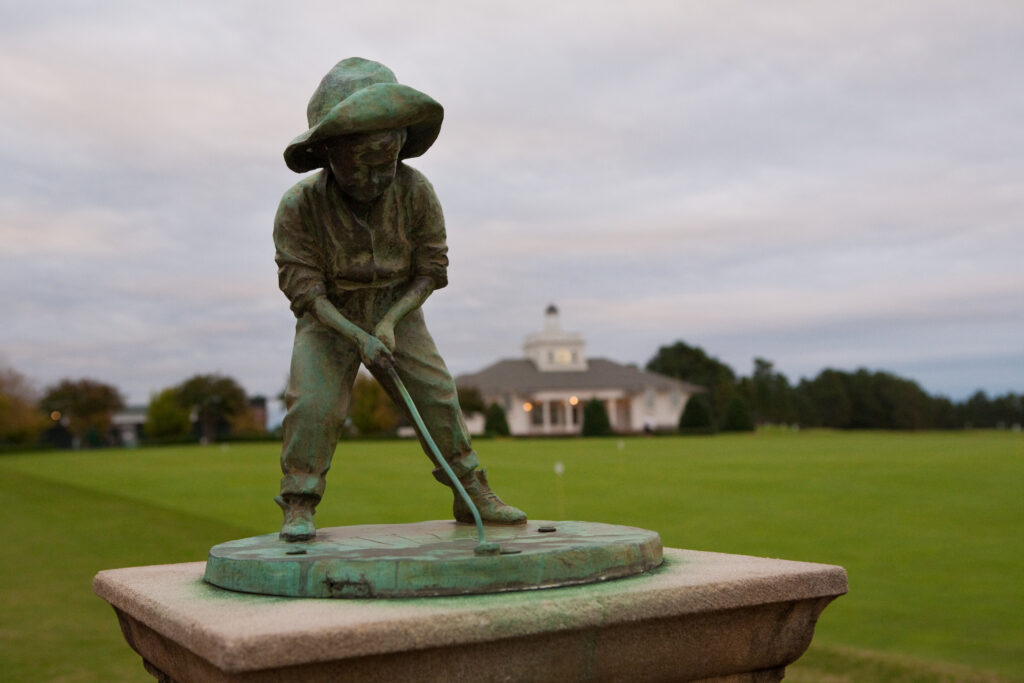 Patriarch Robert Trent Jones often visited Donald Ross in the 1940s to talk about the business of golf-course architecture, Ross being the preeminent practitioner of his art in America in the early 20th century and Jones taking the mantel in mid-century. A photo of the founding meeting of the American Society of Golf Course Architects was taken with the members around the Putter Boy statue at Pinehurst with Ross and Jones among them.
Patriarch Robert Trent Jones often visited Donald Ross in the 1940s to talk about the business of golf-course architecture, Ross being the preeminent practitioner of his art in America in the early 20th century and Jones taking the mantel in mid-century. A photo of the founding meeting of the American Society of Golf Course Architects was taken with the members around the Putter Boy statue at Pinehurst with Ross and Jones among them.
Jones’s career took off after World War II with the design of Peachtree in Atlanta and the Dunes Club in Myrtle Beach, and he would design or modify more than 500 courses worldwide over his career. He first touched the hallowed ground of the Sandhills in 1972, when he was hired by the new owners of Pinehurst Resort & Country Club to lengthen and strengthen course No. 4, which would serve along with No. 2 as the co-venue for the one-off, 144-hole World Open to be held in November 1973.
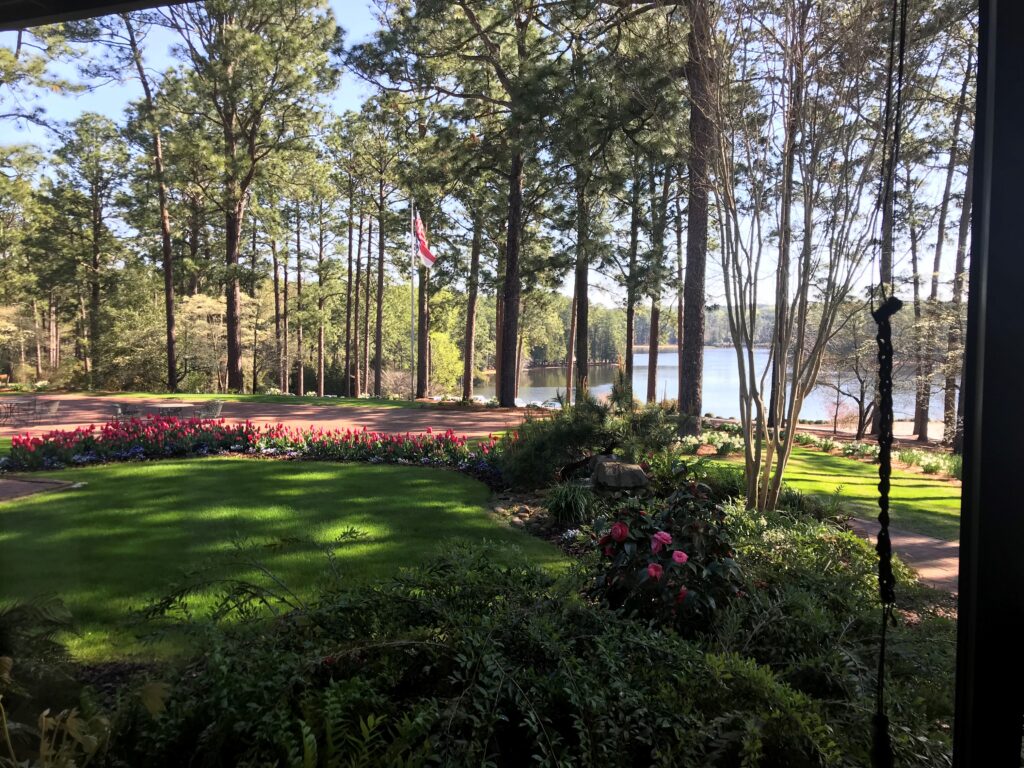 Later in the 1970s, Jones was hired by the Country Club of North Carolina for an important project. CCNC opened in 1963 with 18 holes designed by Ellis Maples and Willard Byrd, and the course to be known as the Dogwood Course was regaled on regional and national levels. The club had plenty of land, and Byrd designed nine new holes that opened in 1970, then retained Jones to design nine more holes to add to the Byrd nine and create what exists today as the Cardinal Course.
Later in the 1970s, Jones was hired by the Country Club of North Carolina for an important project. CCNC opened in 1963 with 18 holes designed by Ellis Maples and Willard Byrd, and the course to be known as the Dogwood Course was regaled on regional and national levels. The club had plenty of land, and Byrd designed nine new holes that opened in 1970, then retained Jones to design nine more holes to add to the Byrd nine and create what exists today as the Cardinal Course.
Rees Jones has fond memories of traveling to Pinehurst with his family as a boy in the 1940s. He can wax nostalgically more than half a century later about the impressions made on him by the pine-scented air and the creaky floors at The Holly Inn. His first local assignment in golf design — he would follow his father’s footsteps and be at the vanguard of the business in the late-1900s — came in the early 1980s and was to soften the changes his dad made to No. 4 a decade earlier.
“My first opportunities in Pinehurst were very special,” says Rees. “First they hired me to redo what my father did to No. 4. He lengthened it for the pros for the World Open, but he didn’t increase the size of the greens. You had people hitting long irons into greens built to receive short irons.”
Several years later, Jones was hired to design Pinehurst No. 7, which opened in 1986 and had the look and feel of the 1980s golf boom courses, including lots of mounds and extensive undulations in the putting surfaces.
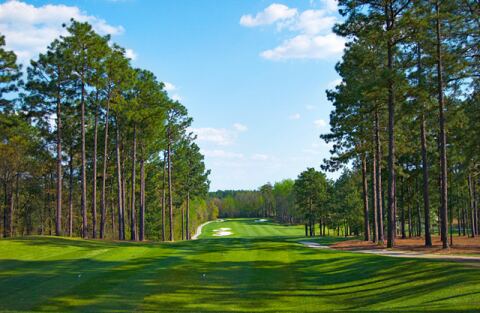 “I was so excited to get No. 7,” Jones says. “I stayed up almost all night when I got the job, sitting at the kitchen table doing routings.”
“I was so excited to get No. 7,” Jones says. “I stayed up almost all night when I got the job, sitting at the kitchen table doing routings.”
Five years later, he followed with Talamore, a daily-fee resort course on Midland Road between Southern Pines and Pinehurst.
“Anytime you get an offer to design a golf course in Pinehurst, you get pretty darn excited,” Jones says. “Pinehurst has meant so much to golf. It’s one of America’s golf meccas.”
Jones’ most recent forays into Pinehurst was a 2002-03 renovation of No. 7. The work included replacing the original Penncross bent greens with Penn G-2, and while they were at it, Jones re-sculpted the greens complexes, relocated several tees and totally revamped the course’s bunker configuration.
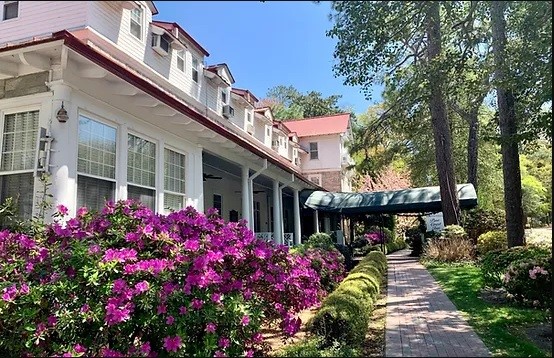 Jones’s wife is from nearby Red Springs, so holiday visits to the area and his frequent trips on design projects have kept him close to the town he grew to love as a boy. The surrounding area has certainly grown and evolved, but the core of the village remains much as it was half a century ago.
Jones’s wife is from nearby Red Springs, so holiday visits to the area and his frequent trips on design projects have kept him close to the town he grew to love as a boy. The surrounding area has certainly grown and evolved, but the core of the village remains much as it was half a century ago.
“The hotel has the same ambiance, The Holly still has the feel of an old building,” Jones says. “And when you go in the Pine Crest, you’re really in old Pinehurst. I still remember what I saw as a child, and the town looks very much the same. The essence of the old town is still there. It’s not quite the same as St. Andrews because it’s much bigger than Pinehurst, but the character’s very much the same.
“And the scent of the pine straw — I remember that as a child.”
Chapel Hill based writer Lee Pace has written about golf in the Sandhills since the late 1980s and has authored a dozen books about clubs, courses and the people who’d made it special over more than a century.
Other Blogs
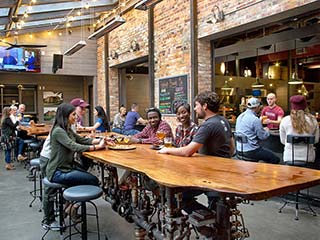
10 Great Things To Do
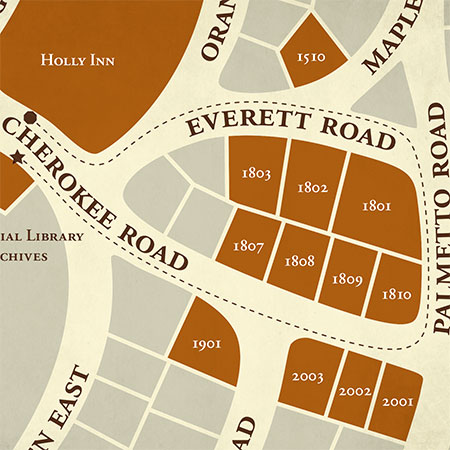
Discover The Path To Pinehurst’s Past

Insider Golf Tips
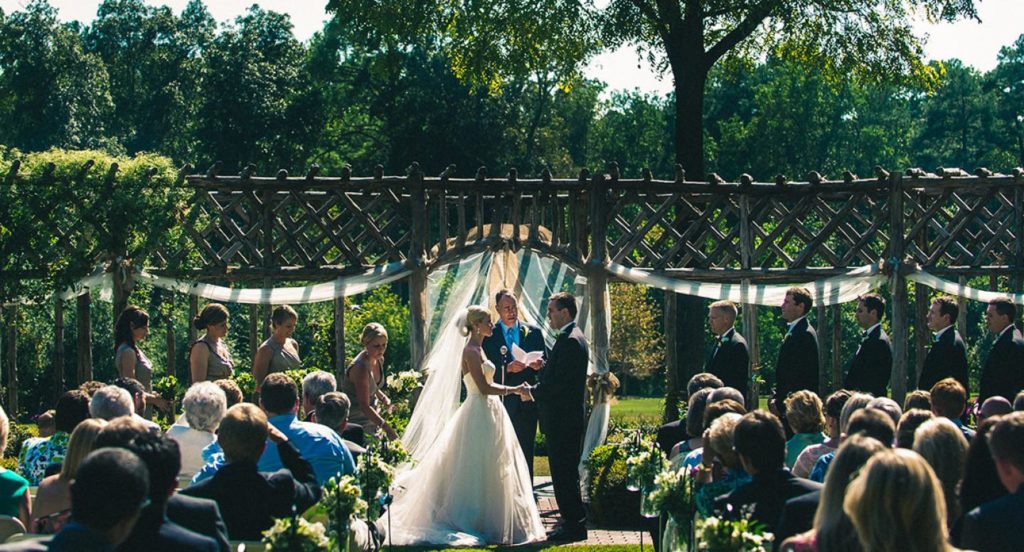
Unique Wedding Venues

North Carolina Couples Vacation
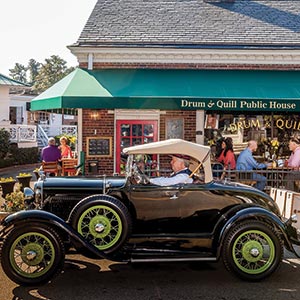
Our Favorite 19th Holes in the Home of American Golf

Girlfriend Getaways

Tobacco Road: A Truly Unique Golf Adventure
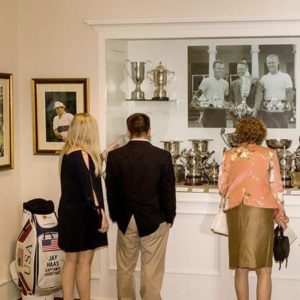
Carolinas Golf Association Hall of History

Where the Ladies Golf
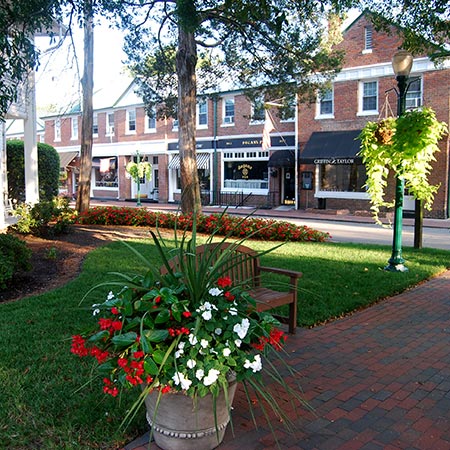
Romancing Pinehurst
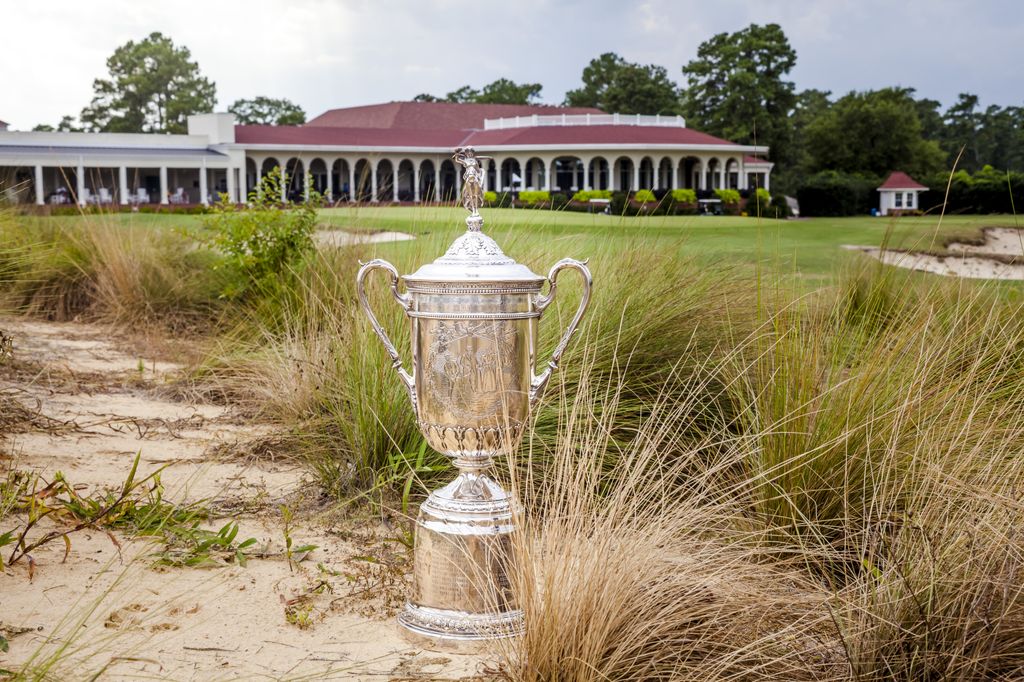
Home of American Golf and U.S. Open Connections
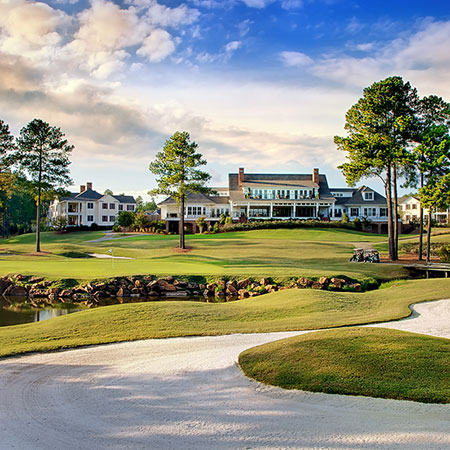
Former U.S. Open Champions Provide Pinehurst Area Some of Its Finest Designs
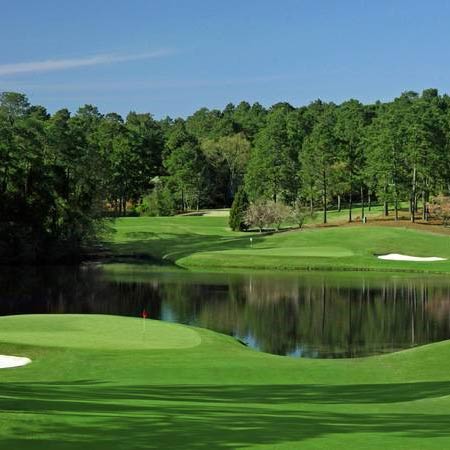
Donald Ross First of Many Architects to Design U.S. Open-Quality Courses in Sandhills
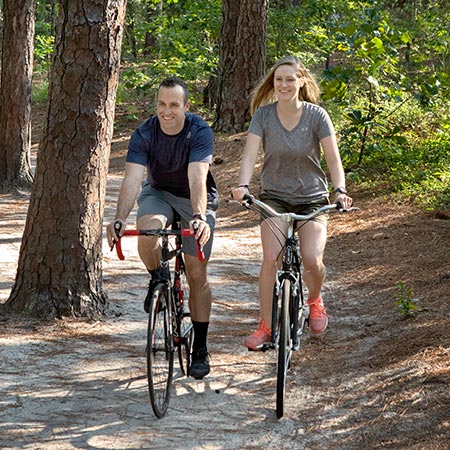
Sandhills Offers Outstanding Variety of Outdoor Activities
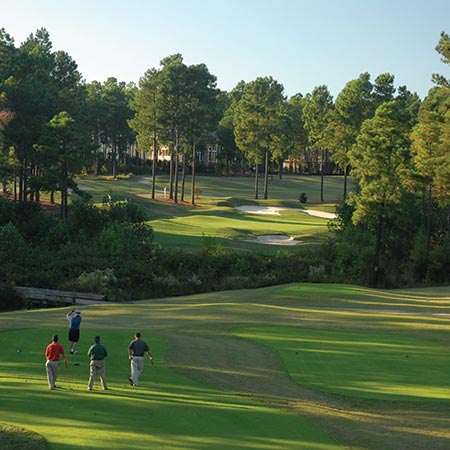
Buddy Golf Trip
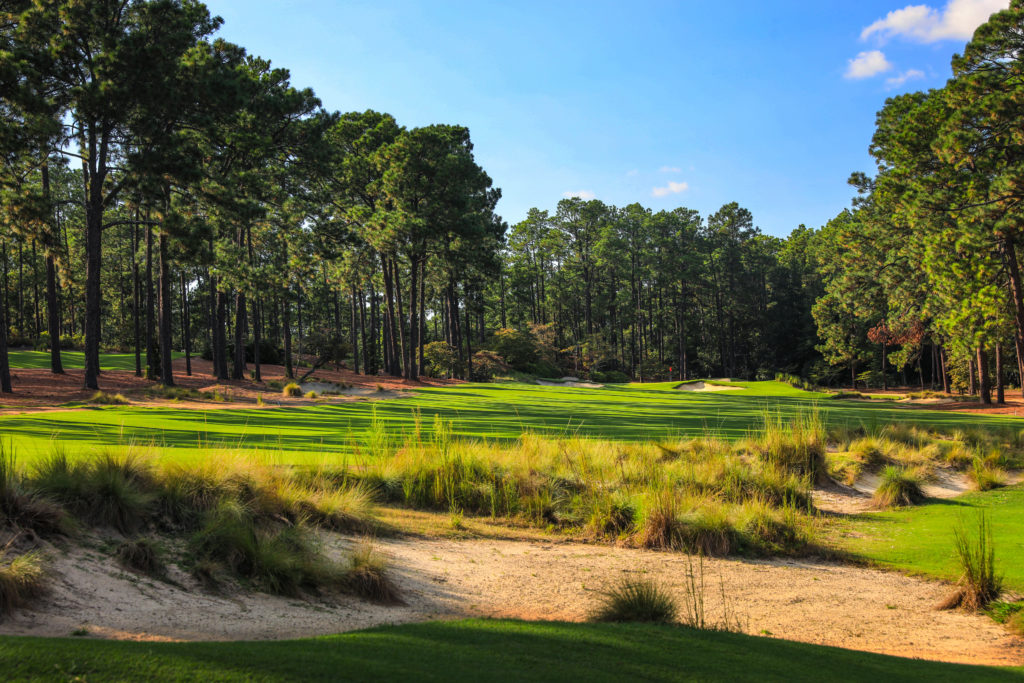
18 Holes of Local Knowledge for the Sandhills Golfer
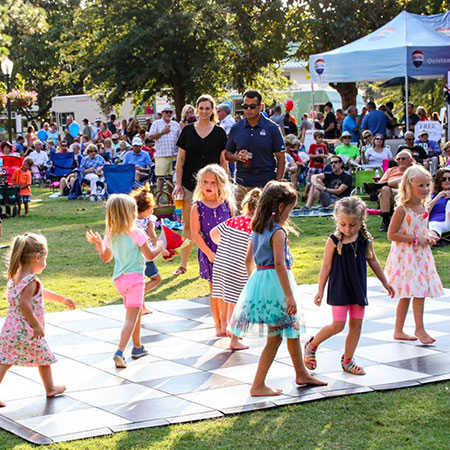
The Family Fun Trip
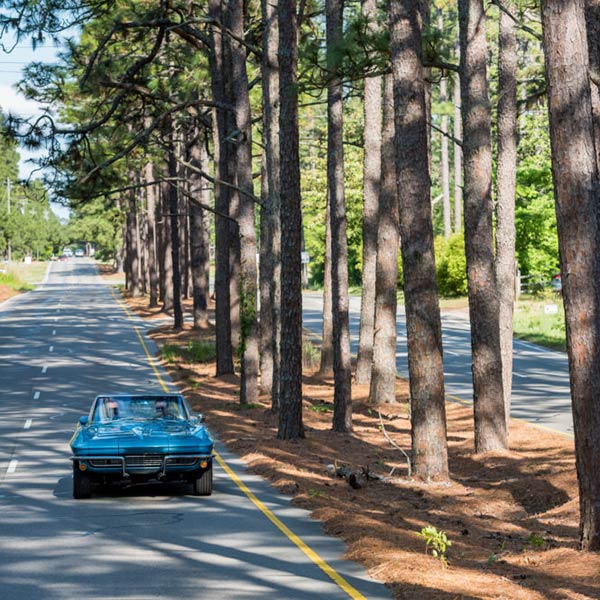
Midland Road: The “Fifth Avenue of Golf”

Collards, Community and Collaboration
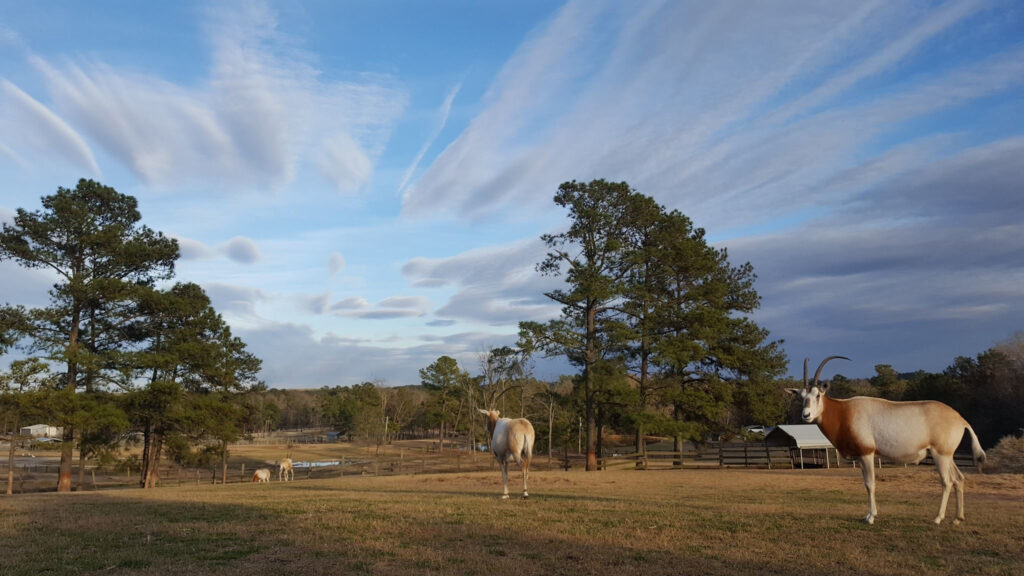
10 Little-Known Facts About North Carolina’s Pinehurst/Southern Pines Region

Sandhills Holiday Gift Guide
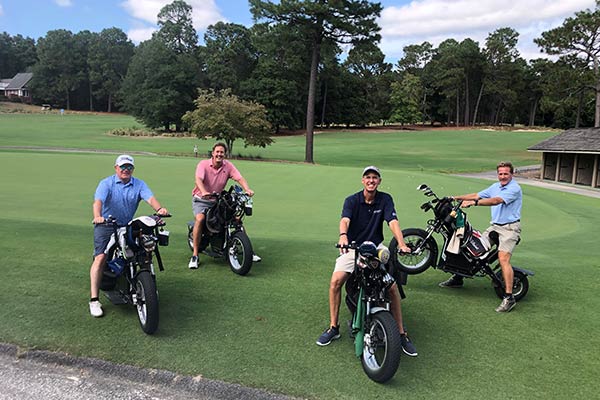
Spring Primer: Local Knowledge from the Home of American Golf

Our Favorite Coffee Shops in the Sandhills
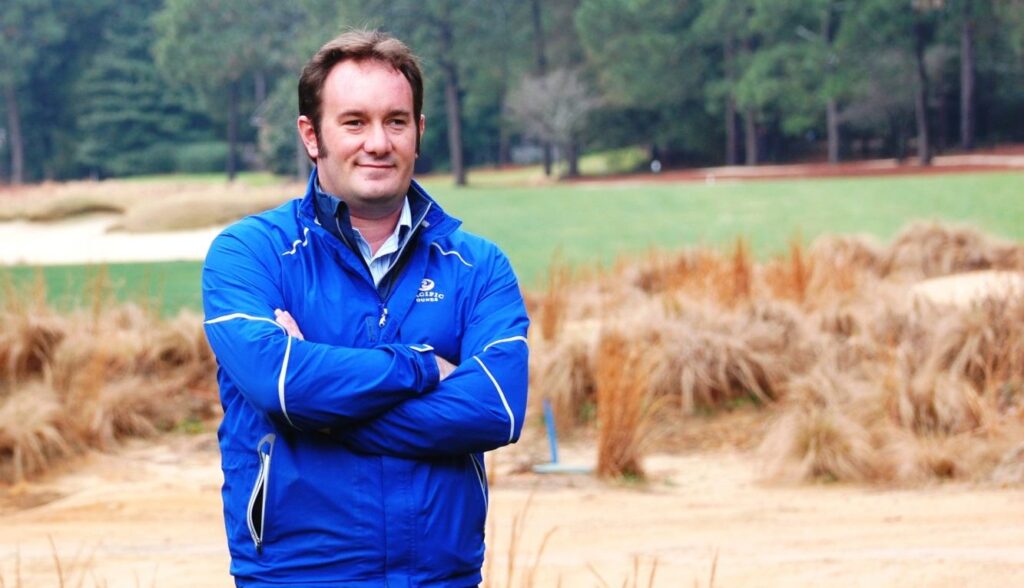
Franz Creating Legacy on the Links

Bring Fido! Pet-Friendly Finds Among the Pines
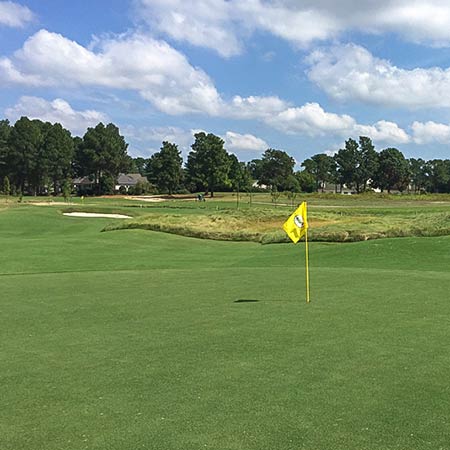
Bottlebrush: Pinehurst Area’s Best Kept Secret
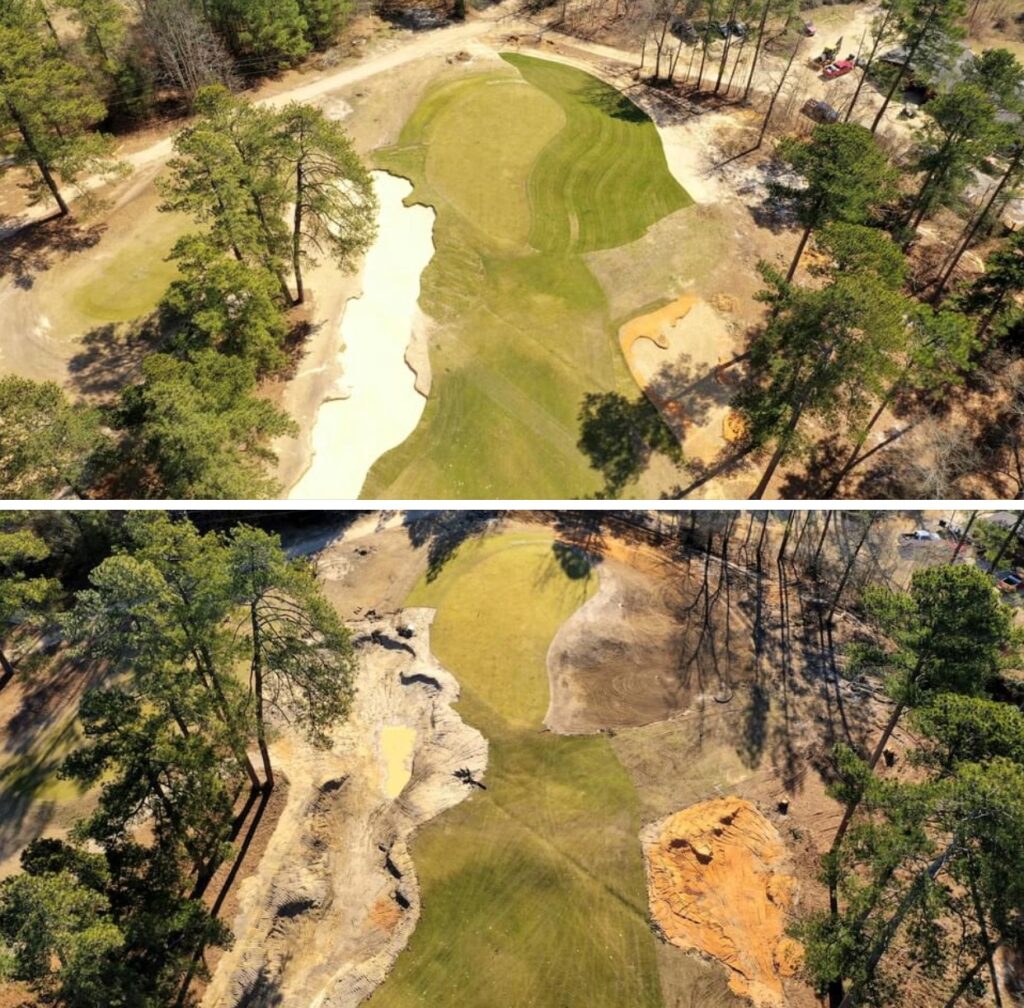
Franz Part 2: The Legacy Continues

Why Visit Pinehurst If You Don’t Play Golf?

First Timer’s Guide to Pinehurst
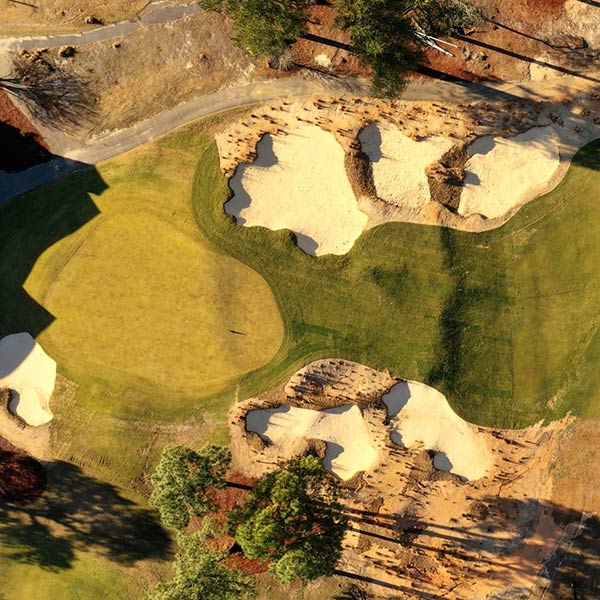
Franz Part 3: On Sandhills Topography
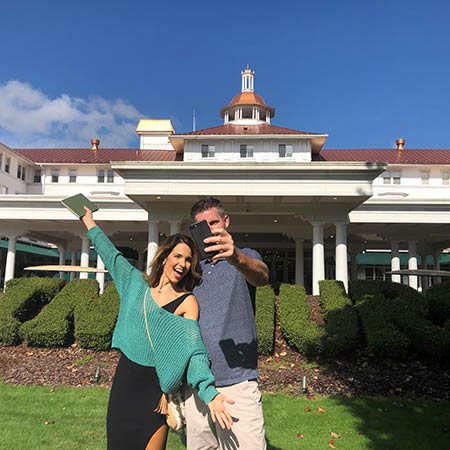
Top 10 Places for a #Sandhills Selfie
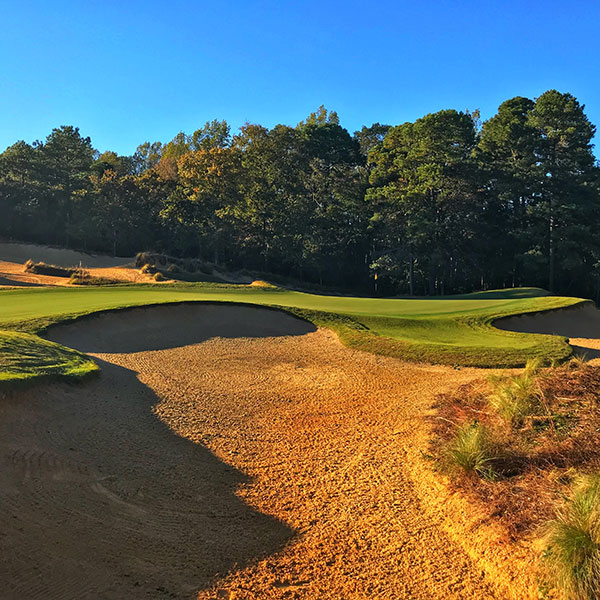
“Bermuda Revolution” Around Sandhills Leads to Ideal Year-Round Golf

Hunger Games – Sandhills Golfers Dining Guide

Episode 1: Golf Tips with Nick Bradley

Episode 2: Golf Tips with Nick Bradley

Sandhills Embraces Walking Culture
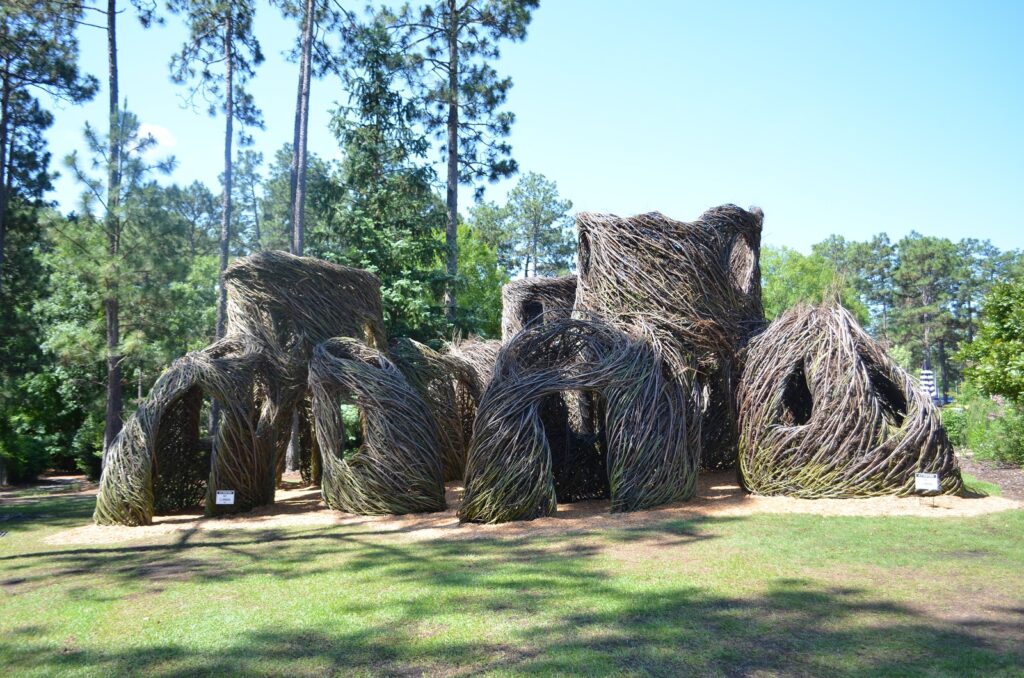
Patrick Dougherty: The Stickman Cometh

Dining A to Z

Fall Renewal in the Sandhills

Pinehurst’s Ryder Cup 1951

No. 2 Celebrates 10 Years

2004 Ryder Cup That Wasn’t
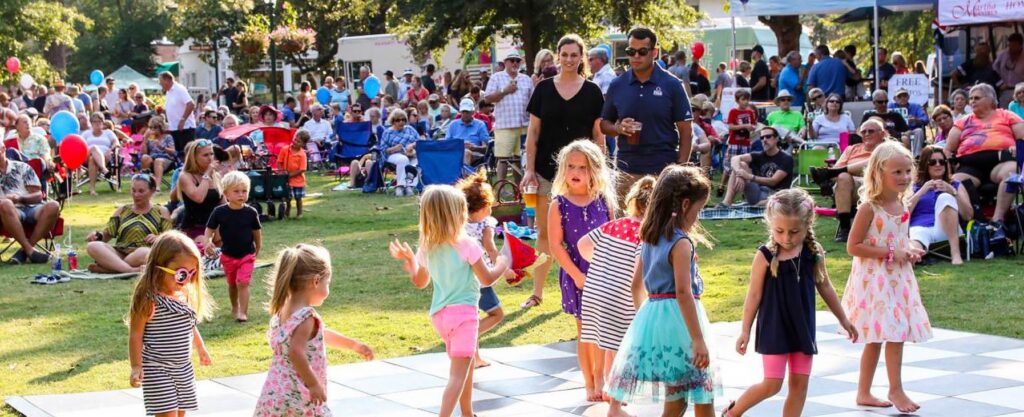
Family Fun in the Sandhills
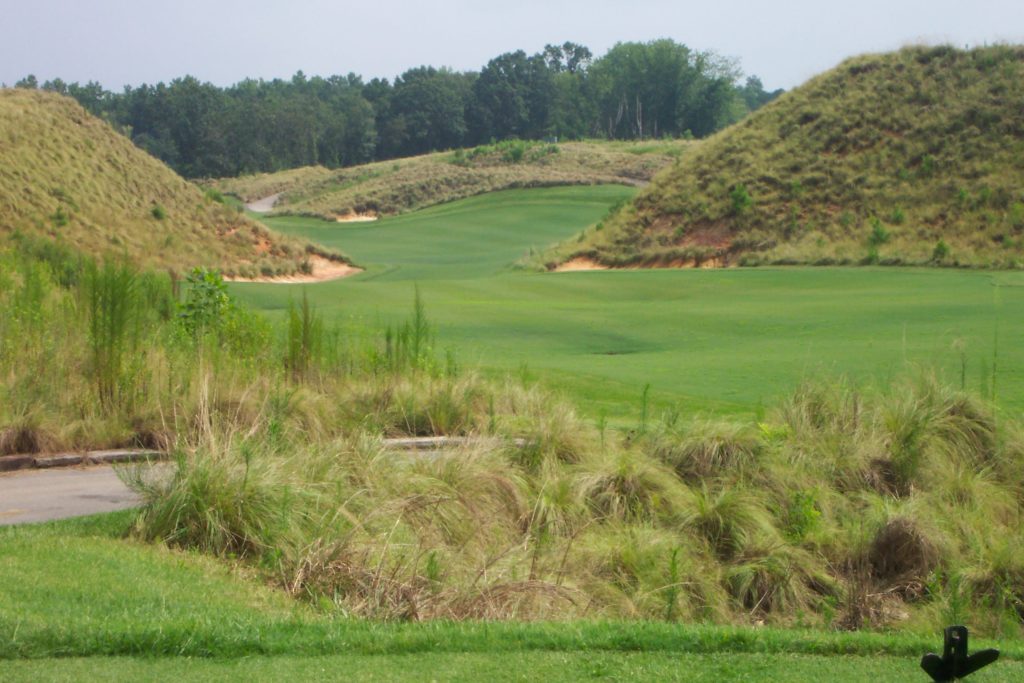
Remarkable Golf Stays in The Pinehurst Area

Couples Weekend Getaway Ideas

Nature’s Canvas: Tobacco Road

Perfect Getaway to Southern Pines

Culinary Discoveries in the Sandhills of N.C.

Restaurant Roundtable Q&A
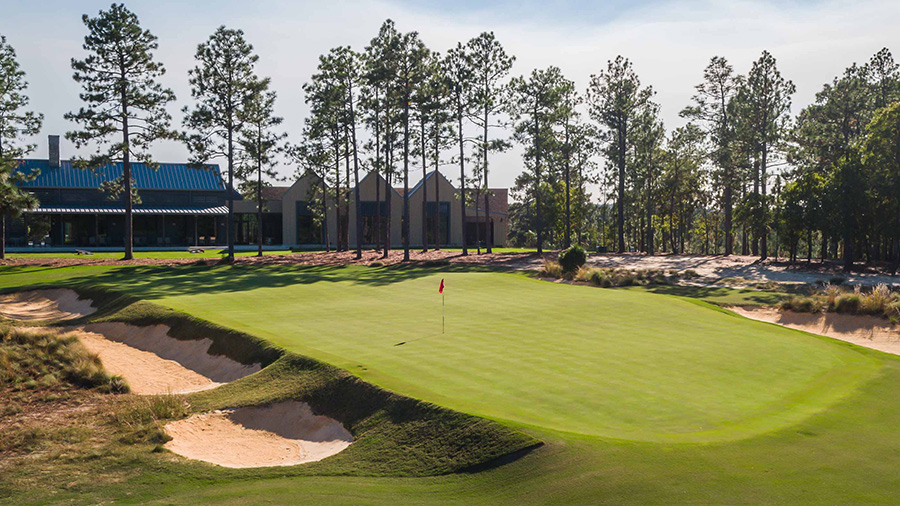
Dormie Club’s New Era
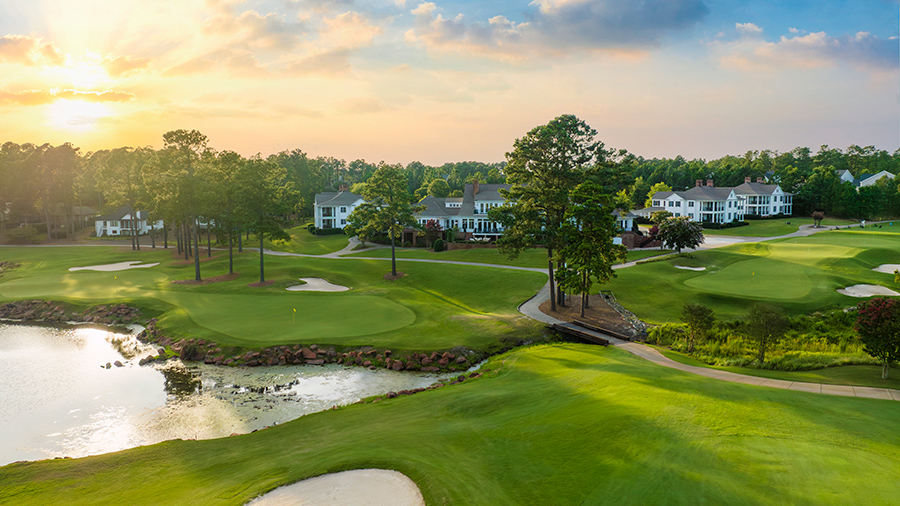
Talamore and Mid South: History of Their Own

Undiscovered Pinehurst

Off for Pinehurst
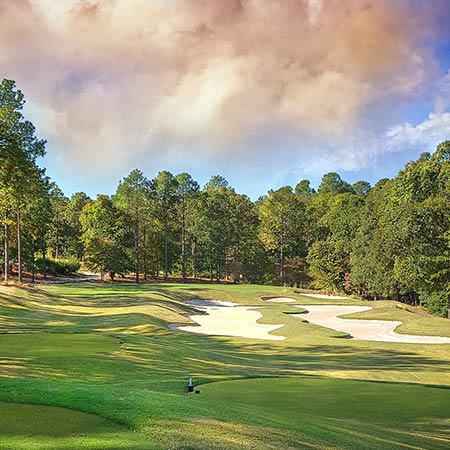
Talamore Doing More for 2022
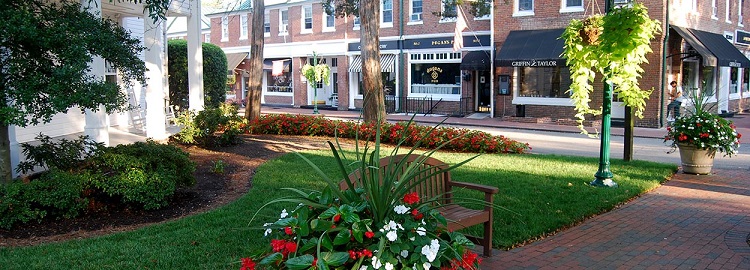
Romantic Gift Ideas In Pinehurst Area

Foodie Weekend in the Sandhills
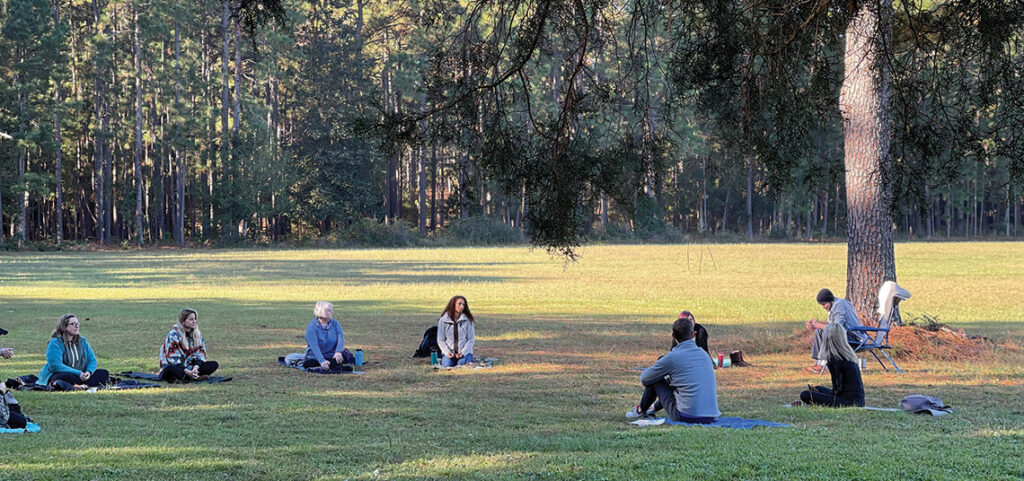
Wellness in the Pines

The Military Means Business in the Sandhills
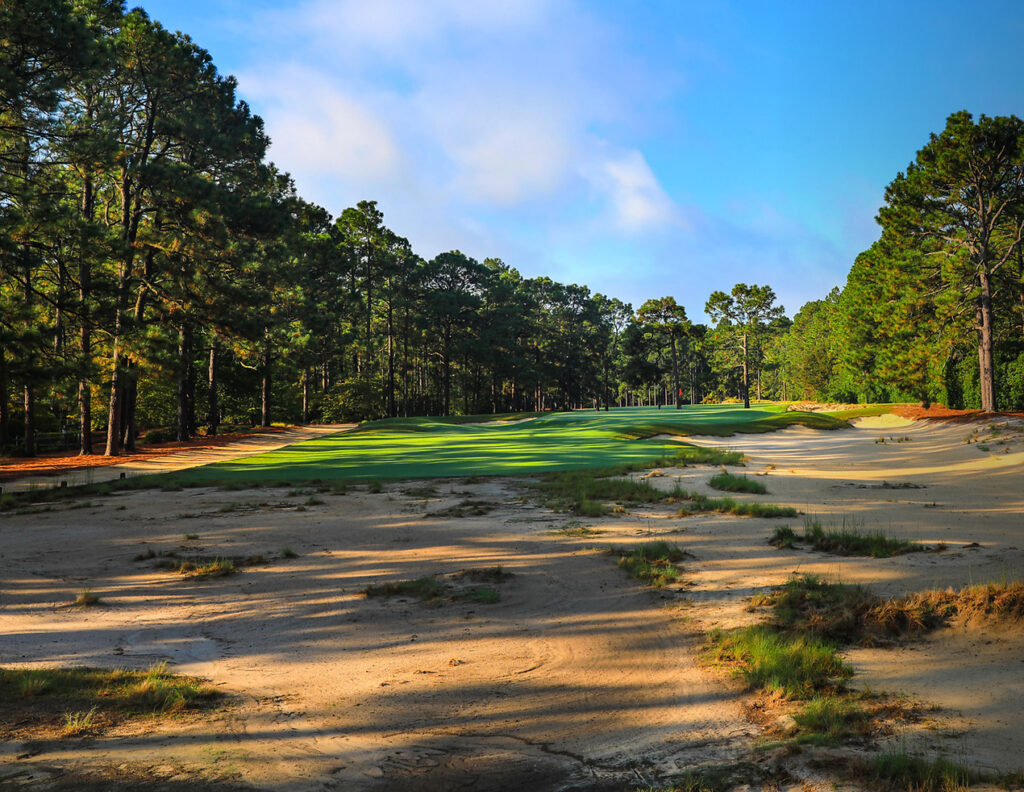
Pine Needles Goes Back in Time
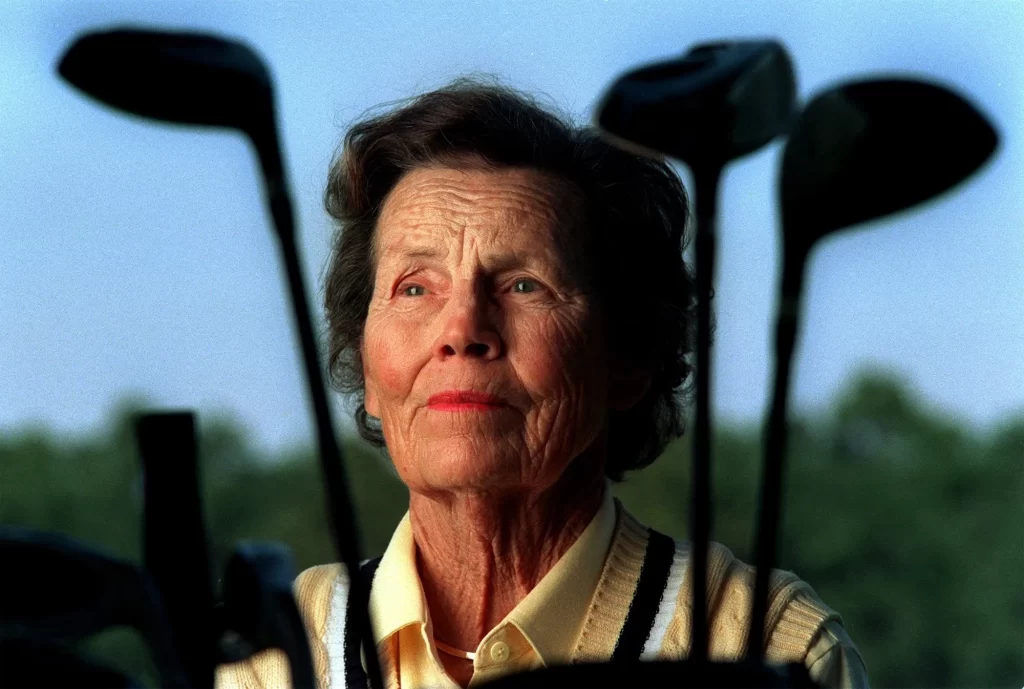
Grande Dame of Women’s Golf

A Guide to Berry Picking in the Sandhills
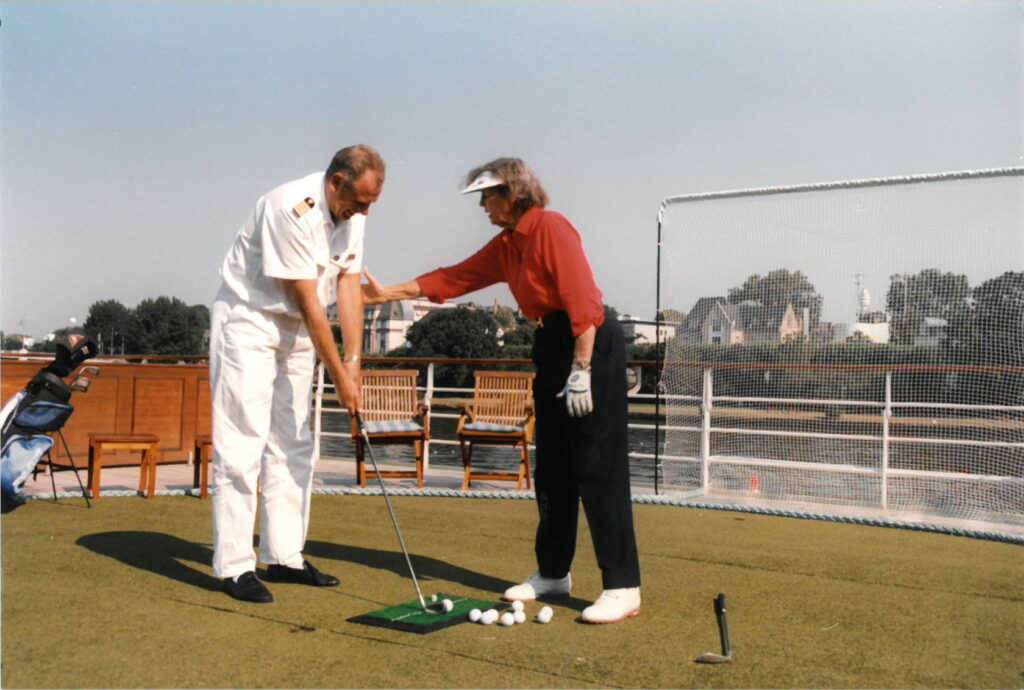
Waltzing on the Danube with Peggy Kirk Bell

From Cradle to Cradle

Donald Ross Could Golf His Ball
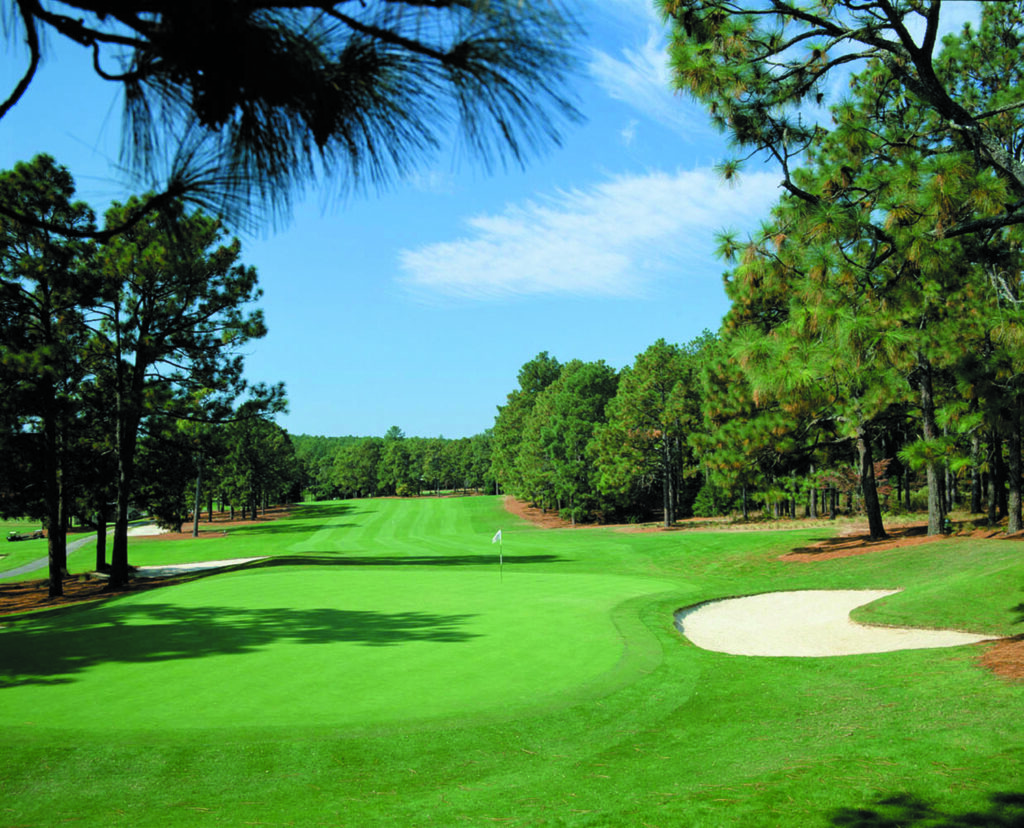
No Resting on Laurels Around the Home of American Golf

Flower Farms in the Sandhills
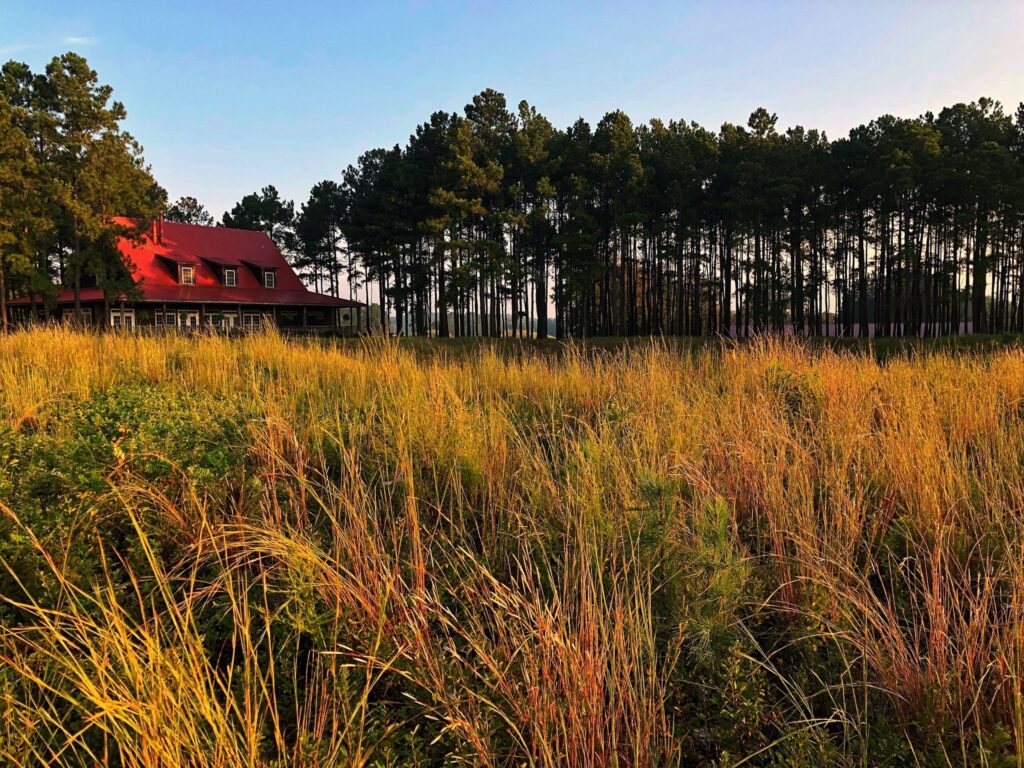
Fall into Pinehurst Golf

What Goes Around…
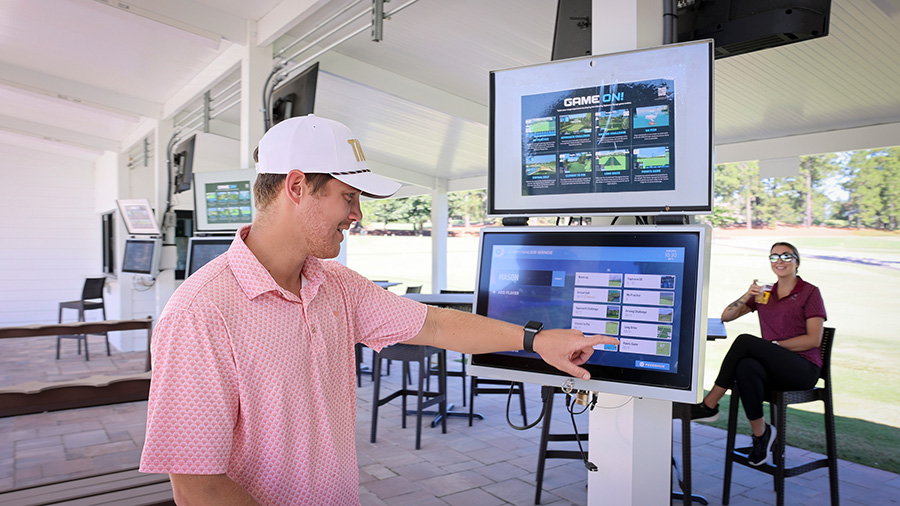
Talamore Resort Debuts New Toptracer Range

The History of the Pinehurst Inns
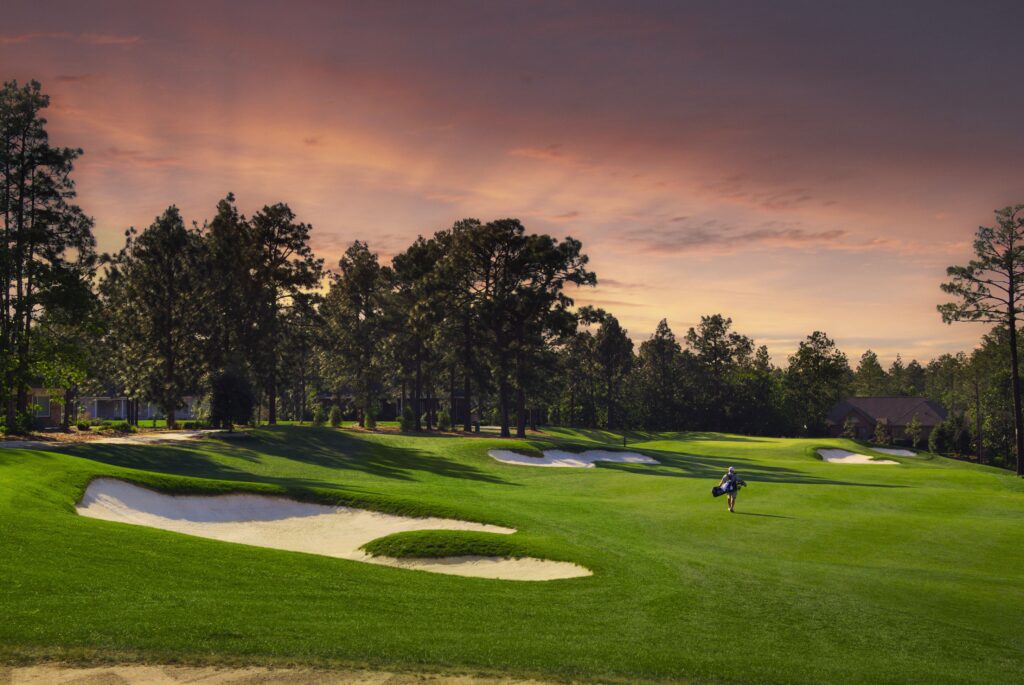
“For me, Pinehurst is such a special place for golf!”- Tom Fazio
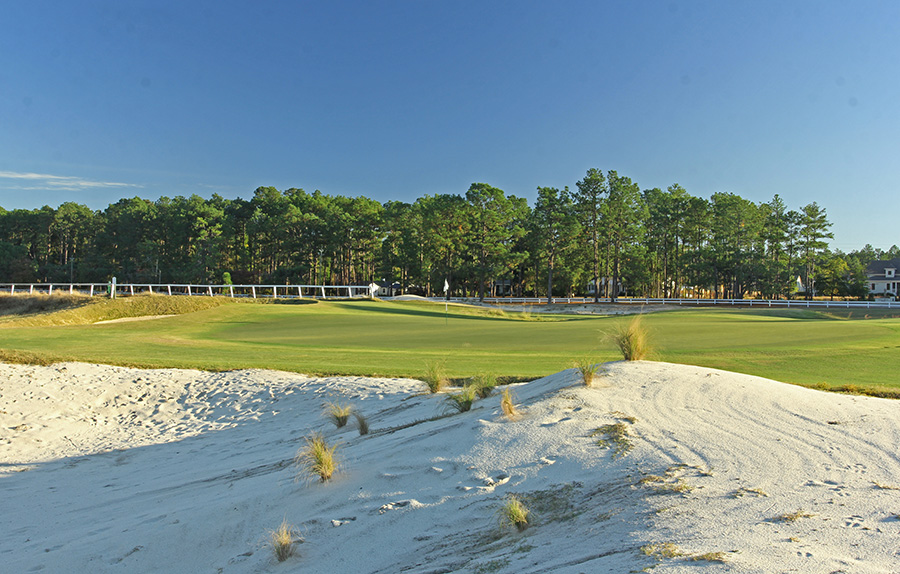
Maples Roots Run Deep in Sandhills Golf Design

New Southern Pines Mural

Pinehurst Area Buzzing with 2023 Excitement

Discover the Sweetness of the Sandhills

Celebrating the New Year in Moore County

The Big Three
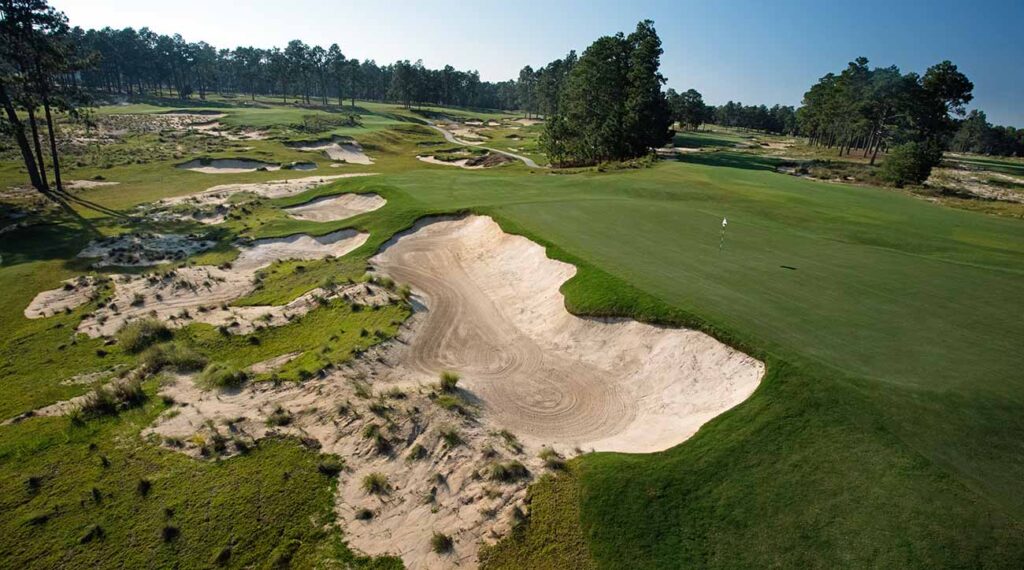
The Hanse Touch
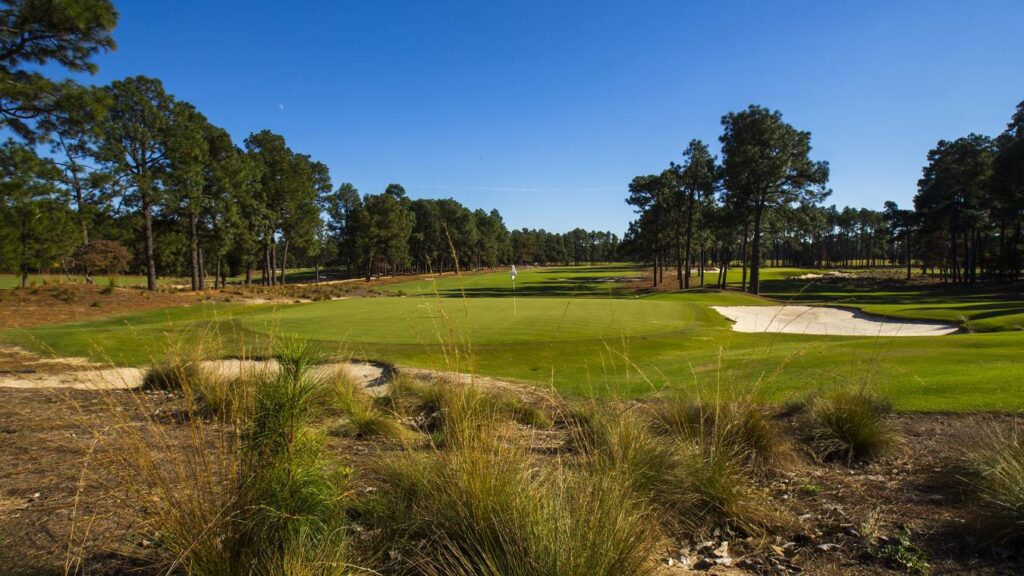
Coore & Crenshaw Roots Run Deep
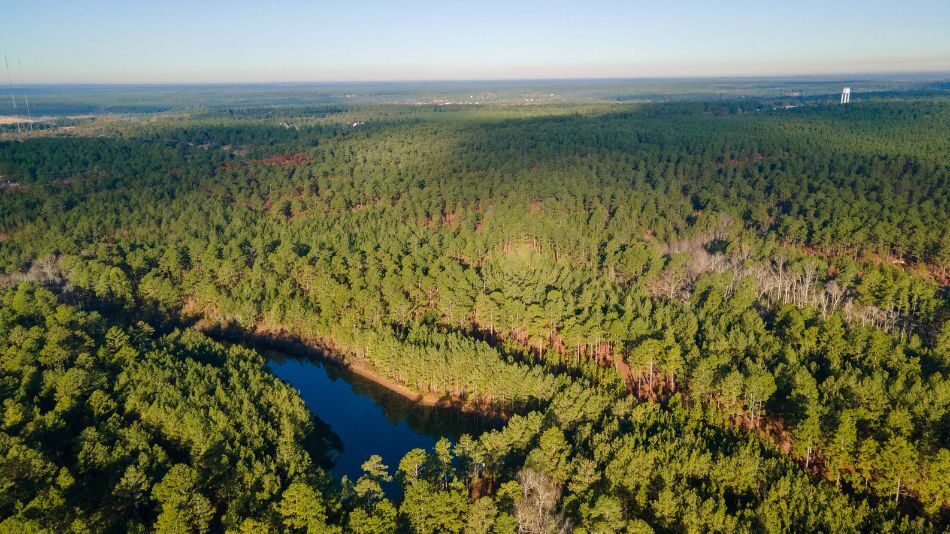
Pinehurst Resort Announces New Course to be Designed by Tom Doak
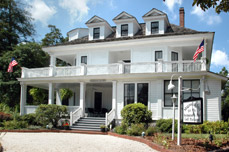
PINEHURST’S MAGNOLIA INN REOPENS
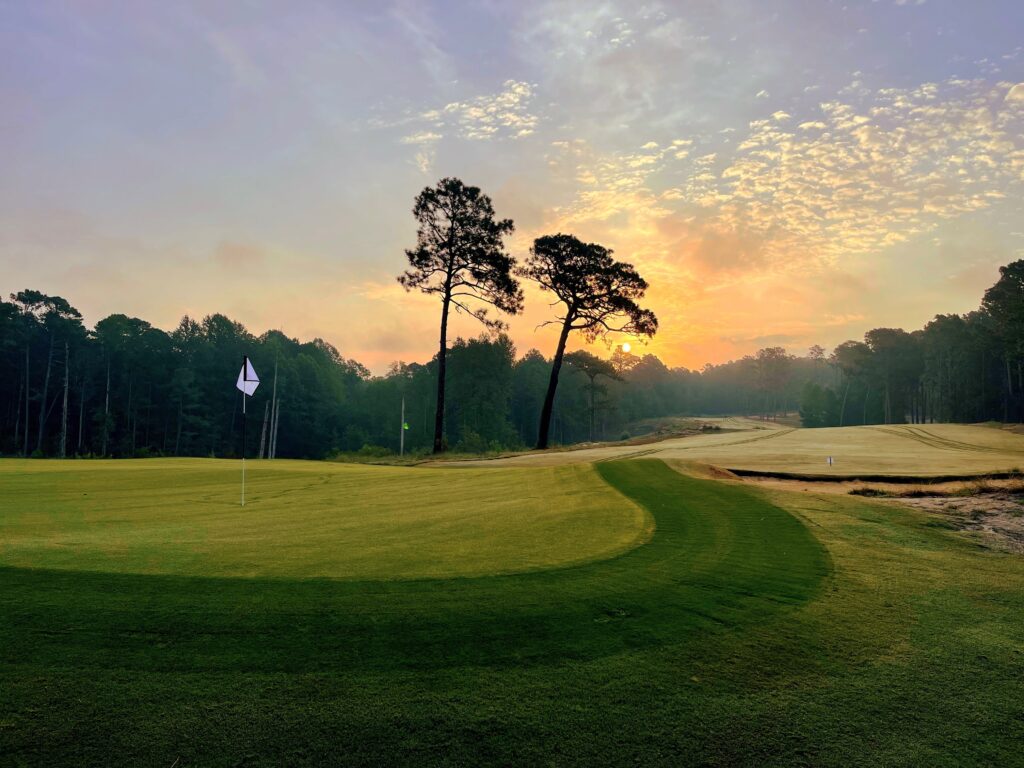
Southern Pines Golf Club Recognized
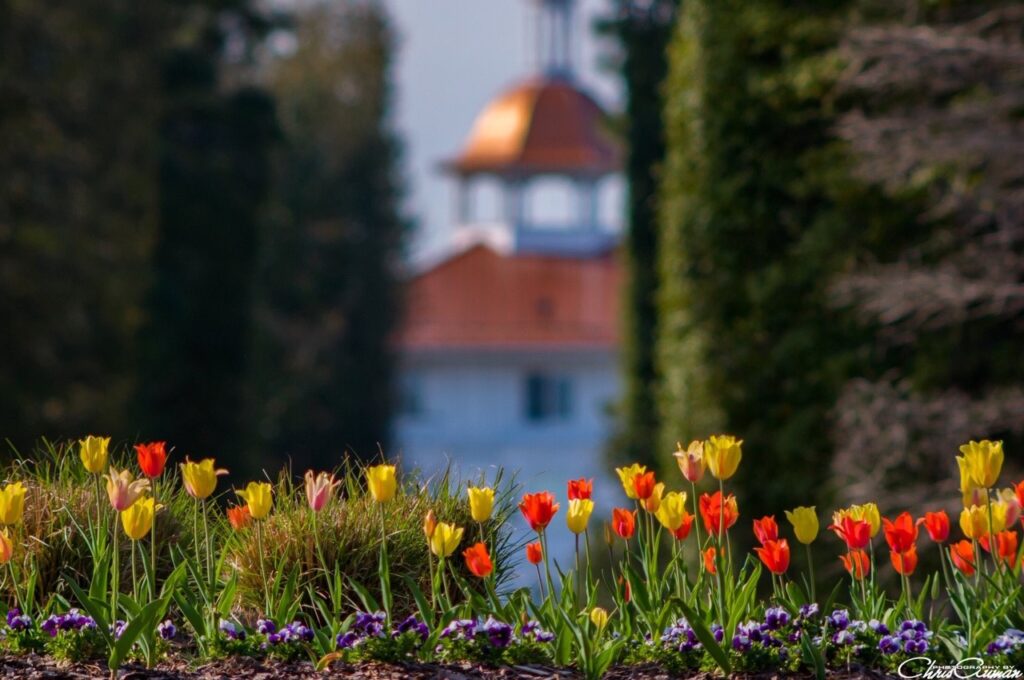
Spring in the Sandhills

Mother/Daughter Weekend in the Sandhills
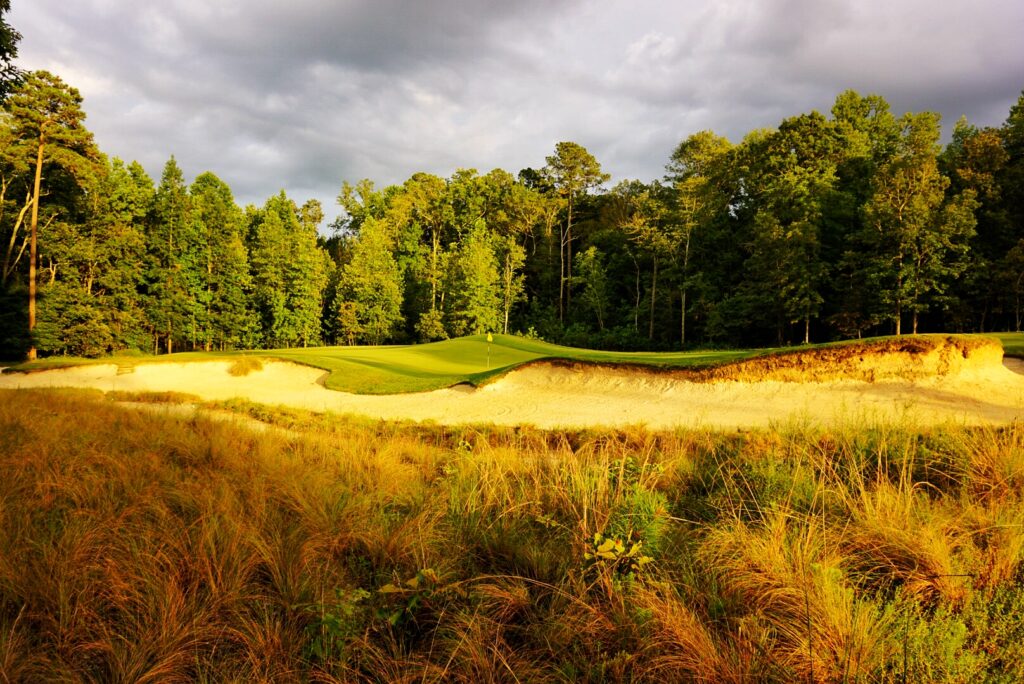
A Few of Our Favorite (Golfing) Things
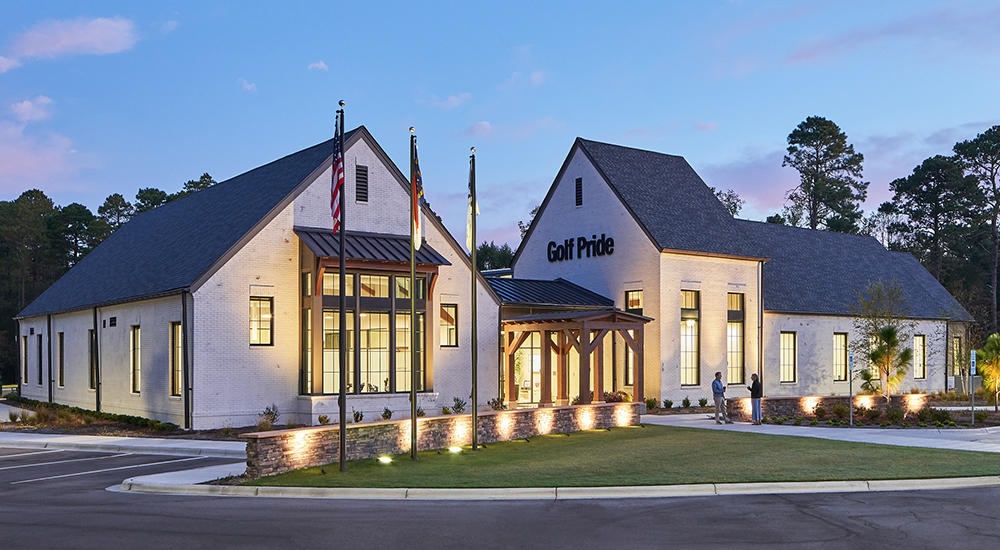
Golf Pride Retail Lab a must-see experience for your Pinehurst itinerary
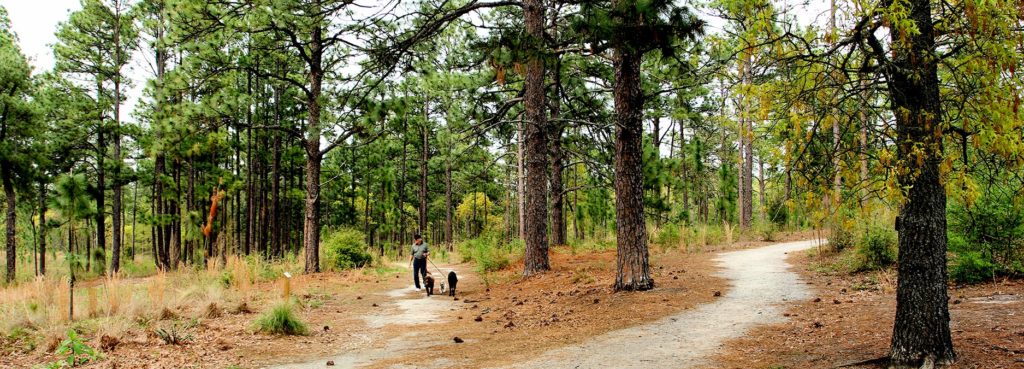
6 Trails to Explore for the Year of the Trail

Pinehurst No. 2 Still Ranked Best Course in NC

Sandhills Ecology 101
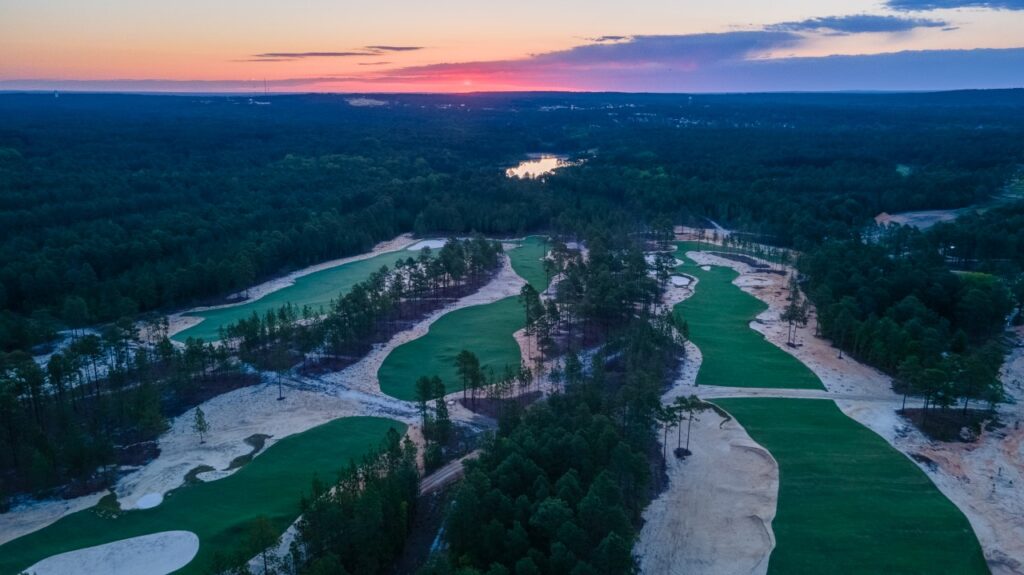
X Marks the 10-Spot

Best Date Night Ideas in the Sandhills
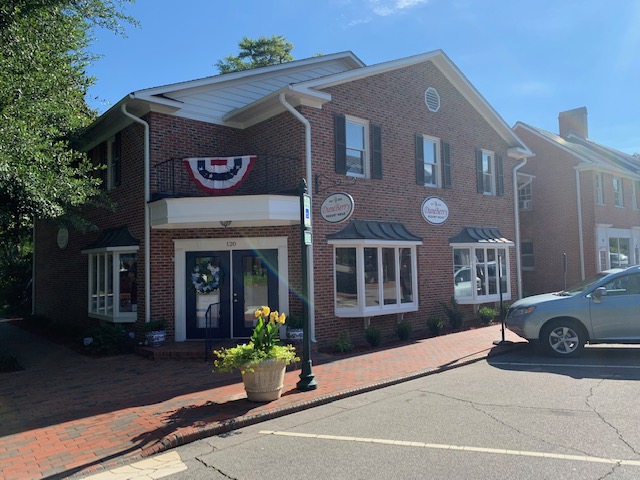
Small Towns Big Style

9 Urban Trails Around Pinehurst Area
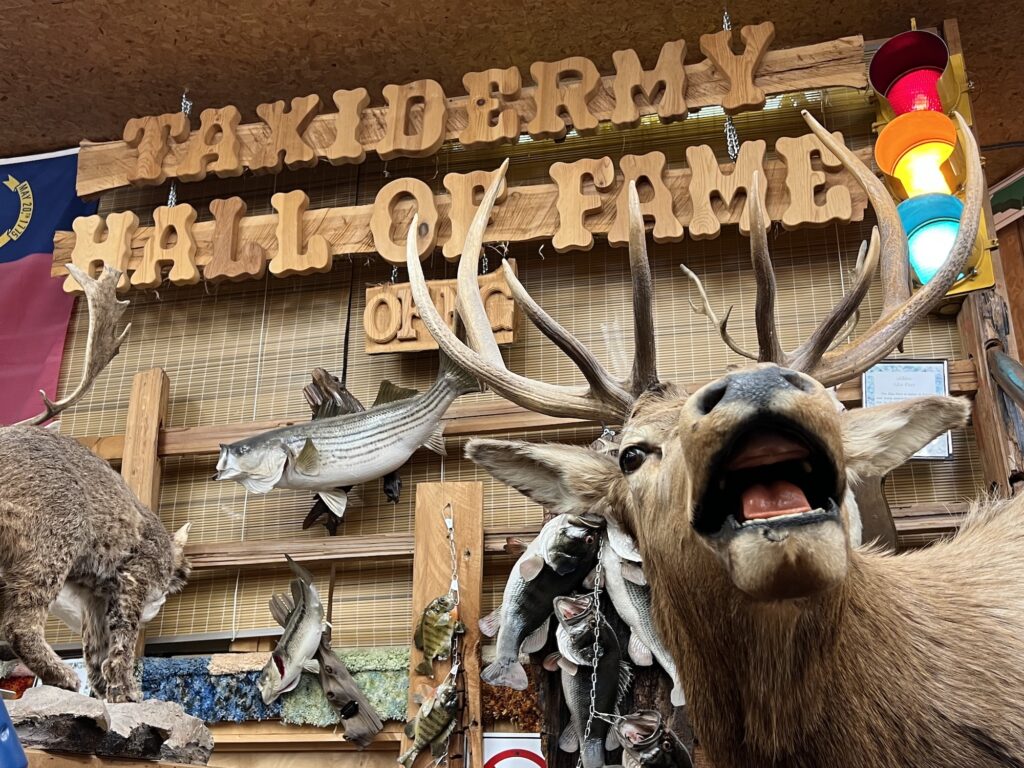
Uniquely Pinehurst

2024 U.S. Open: A Look Ahead

1999 U.S. Open: A Look Back

A Restorative Weekend Getaway at Tanglewood Farm B&B in Southern Pines
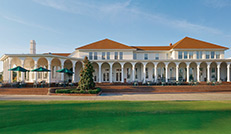
Top Things To Do On A Long Weekend

Independence Day in the Sandhills
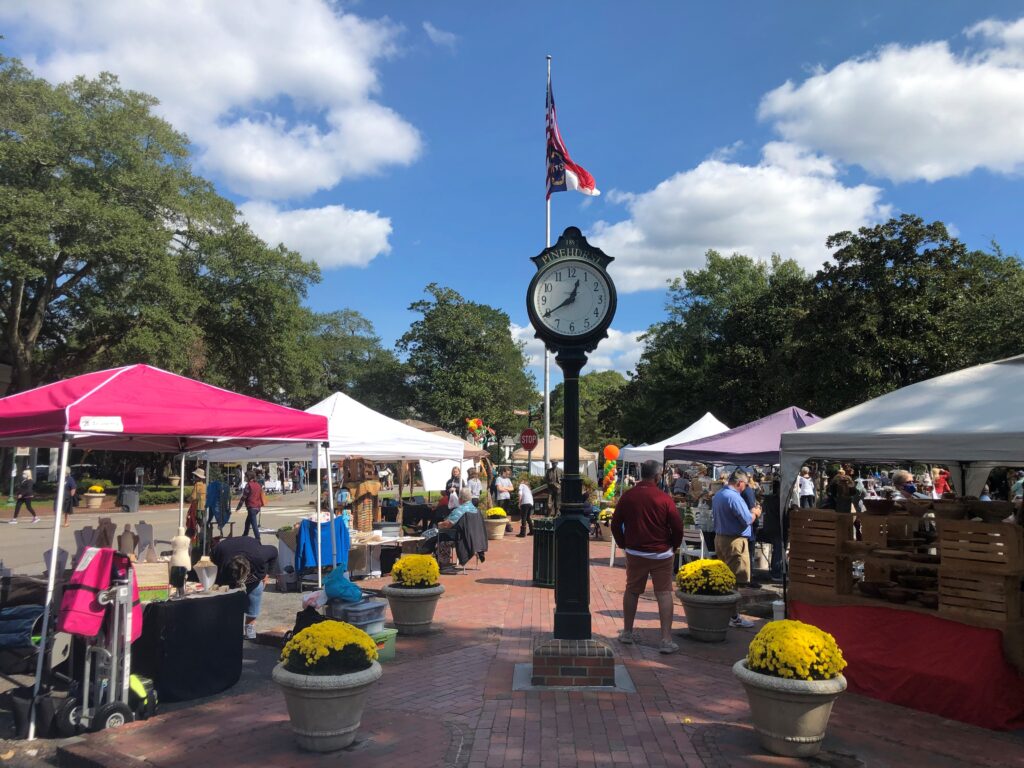
Fall Events Around the Sandhills

Celebrating NC Peaches

Kid You Not
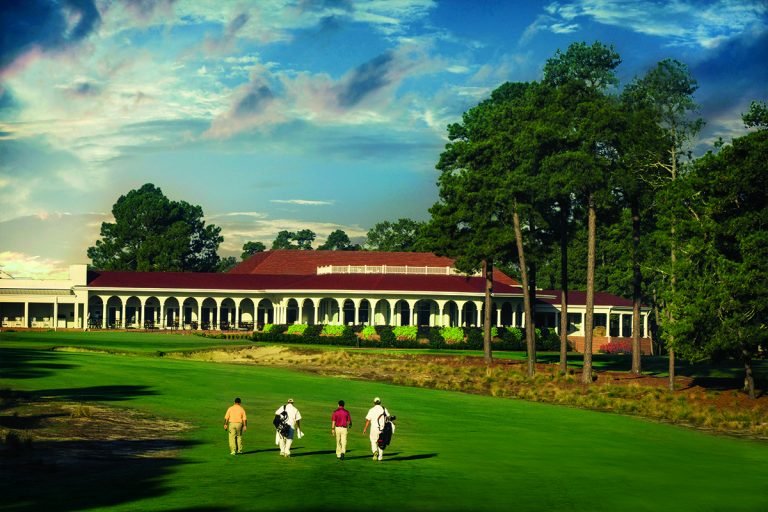
Sleepy Summers No More

Getting Outside

When They Were Young
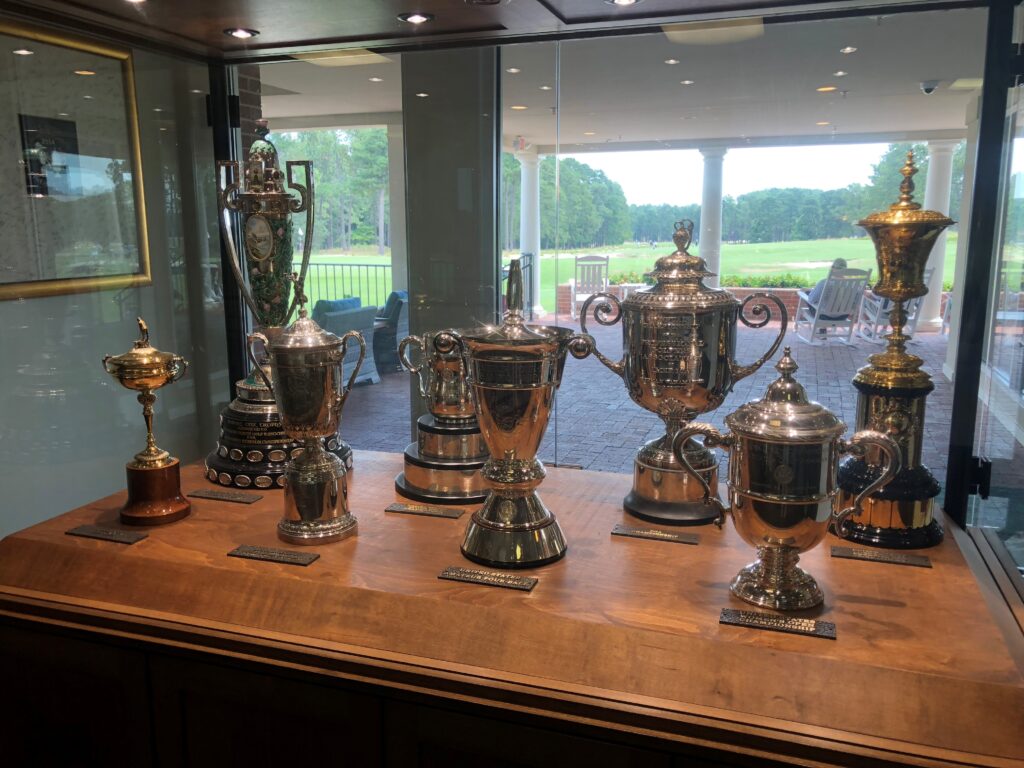
Pinehurst Major-itis

Loving Our Black & Whites
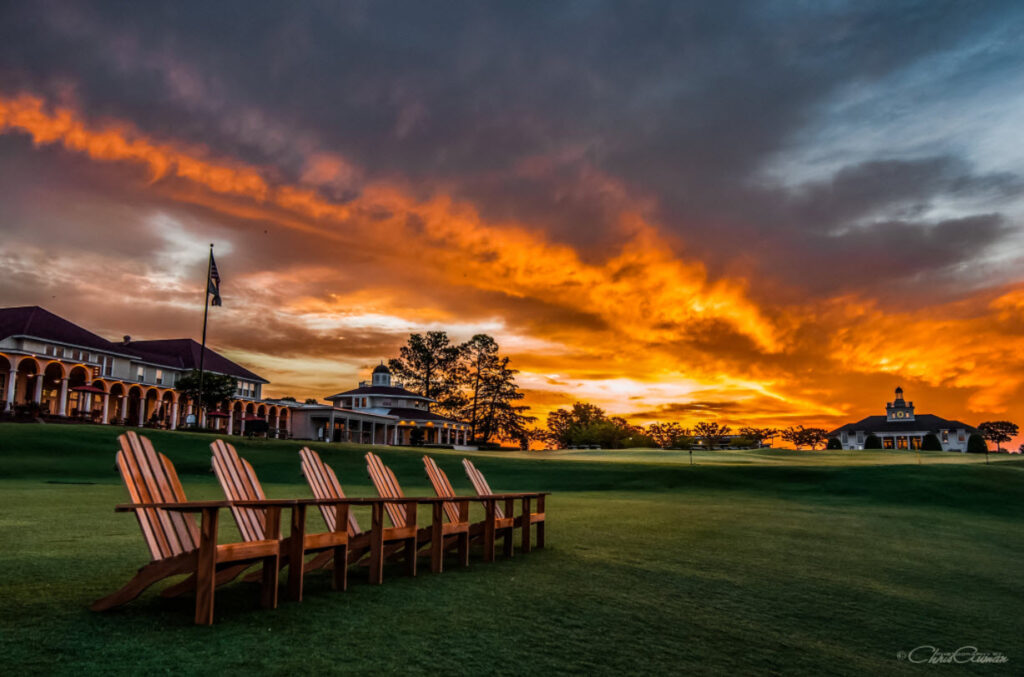
Lens of the Sandhills

Festival D’avion Named as Signature Event
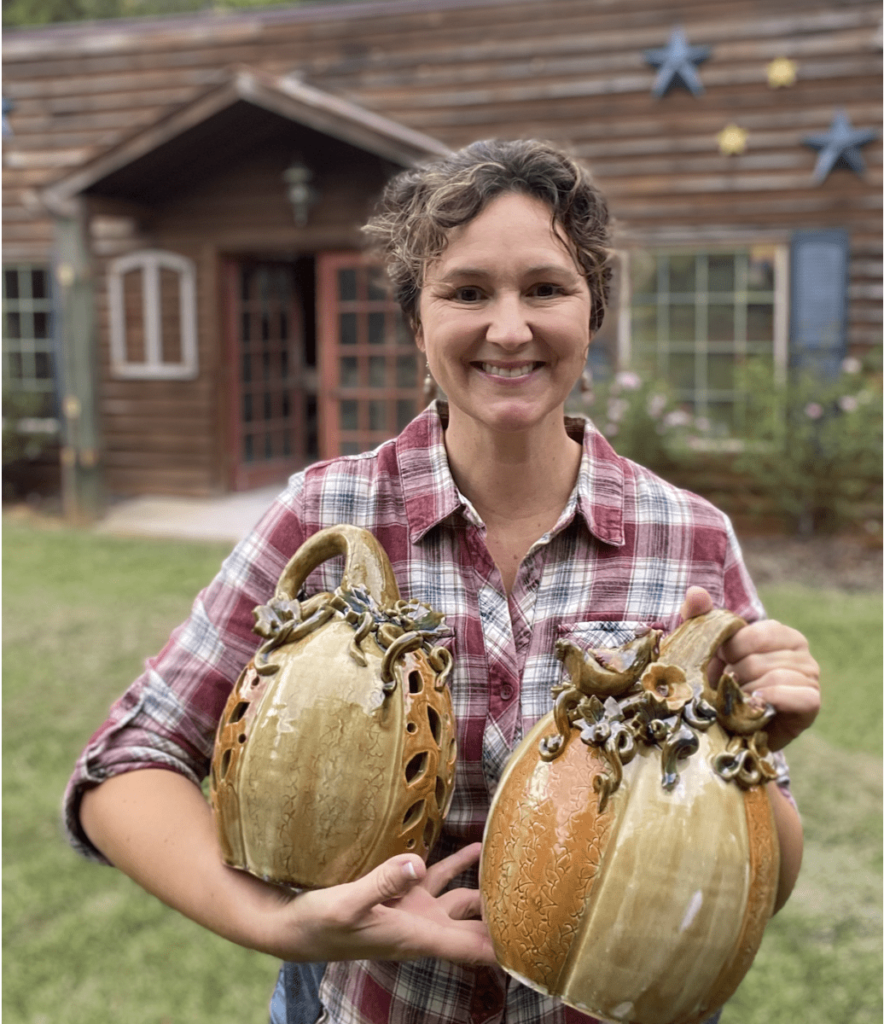
Celebrate American Craft Week

Act Two for Tot Hill Farm
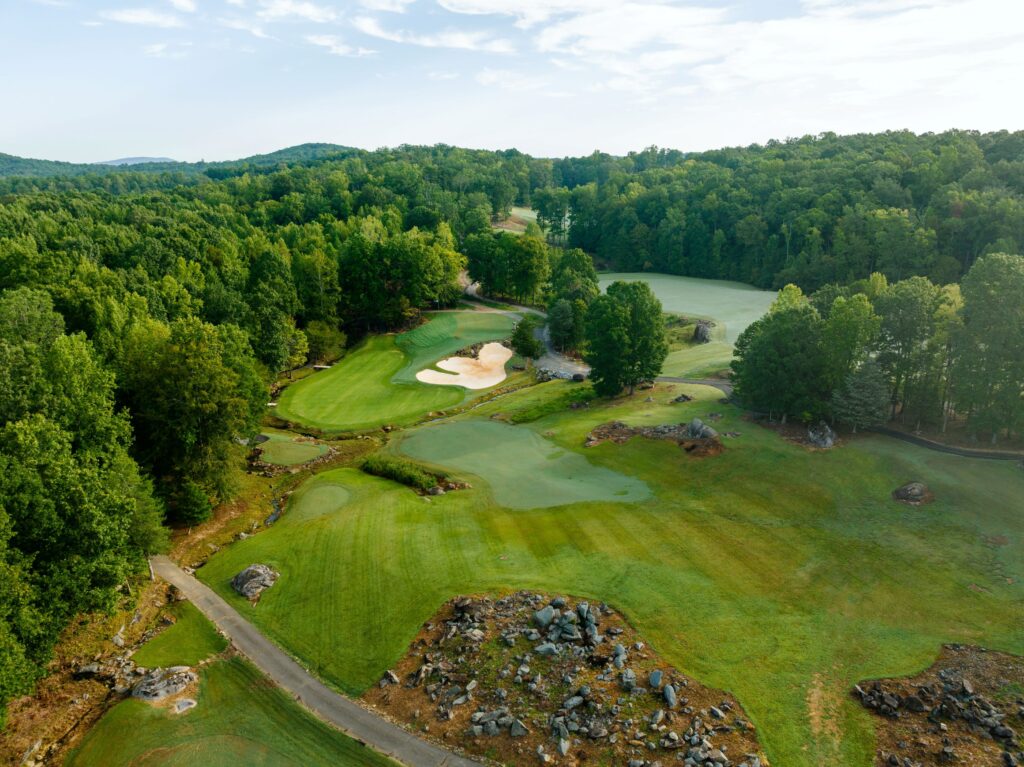
An Artist in the Dirt
Legends of the Pines

Breakfast Joints of the Sandhills

The Scottish Invasion

To Dornoch and Back
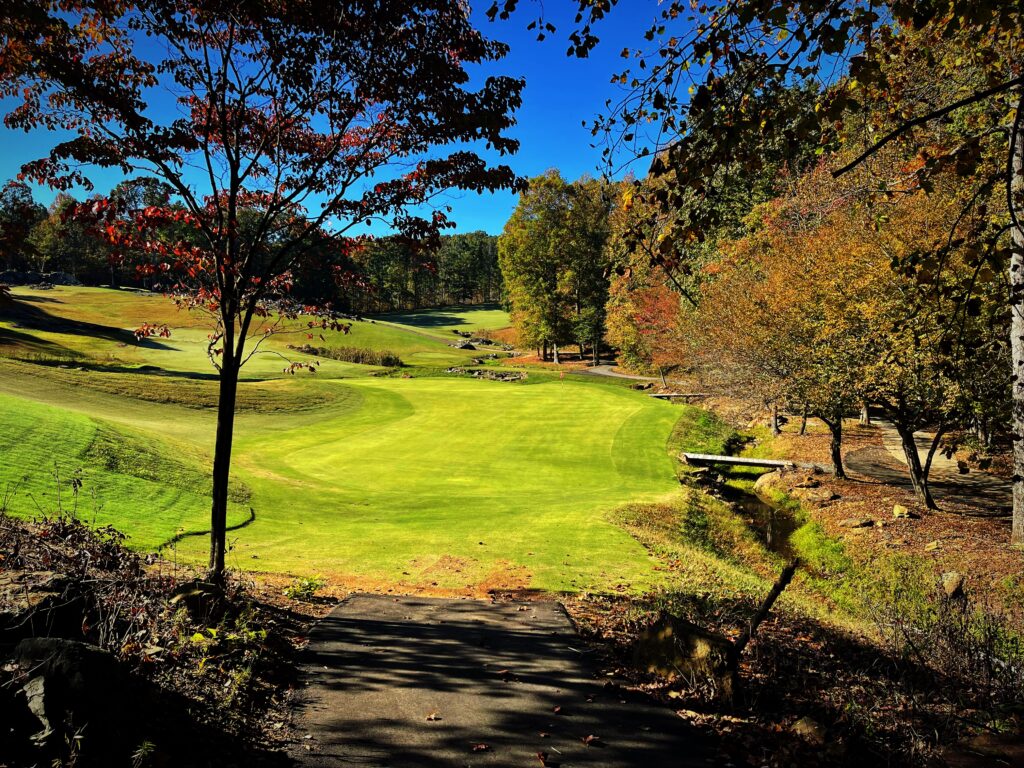
A “New” Pinehurst Welcomes the World in 2024
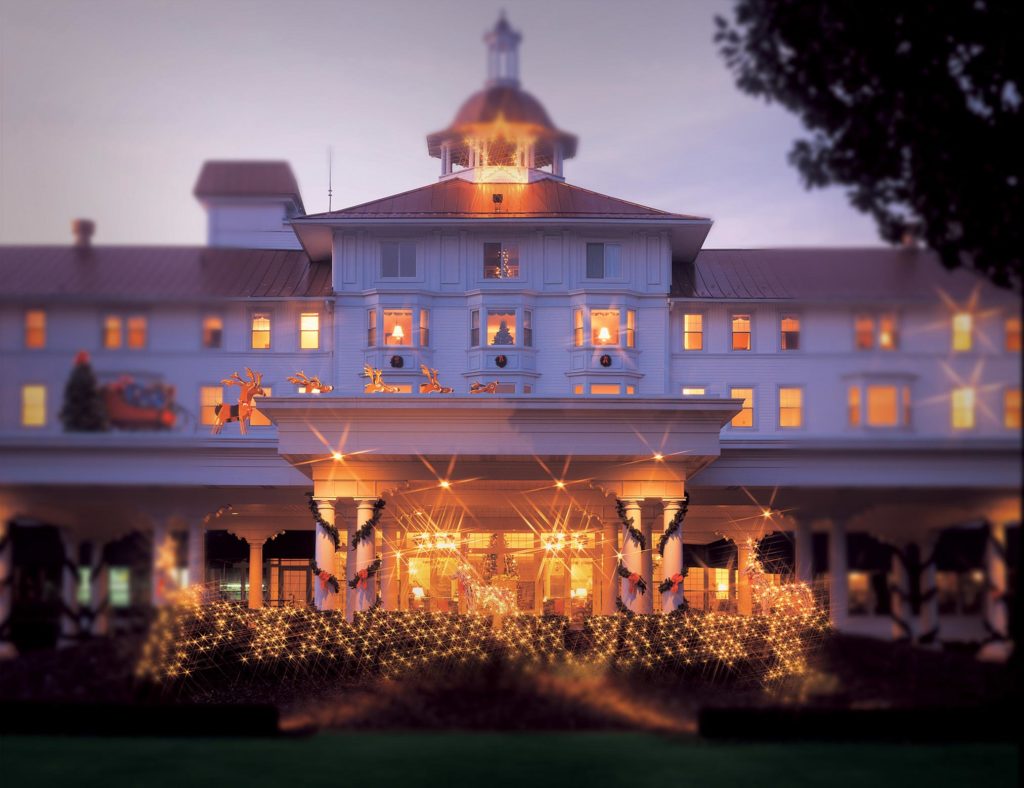
Pinehurst Holiday

Golfers Gift Guide
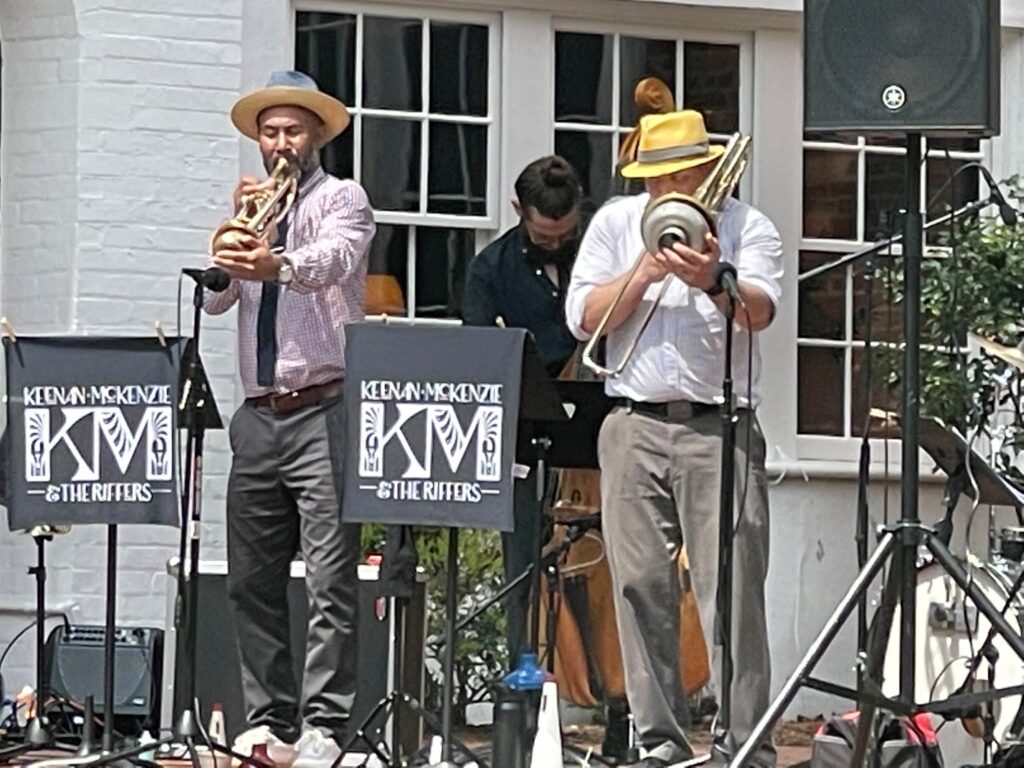
Sandhills Nightlife Scene

A U.S. Open Year
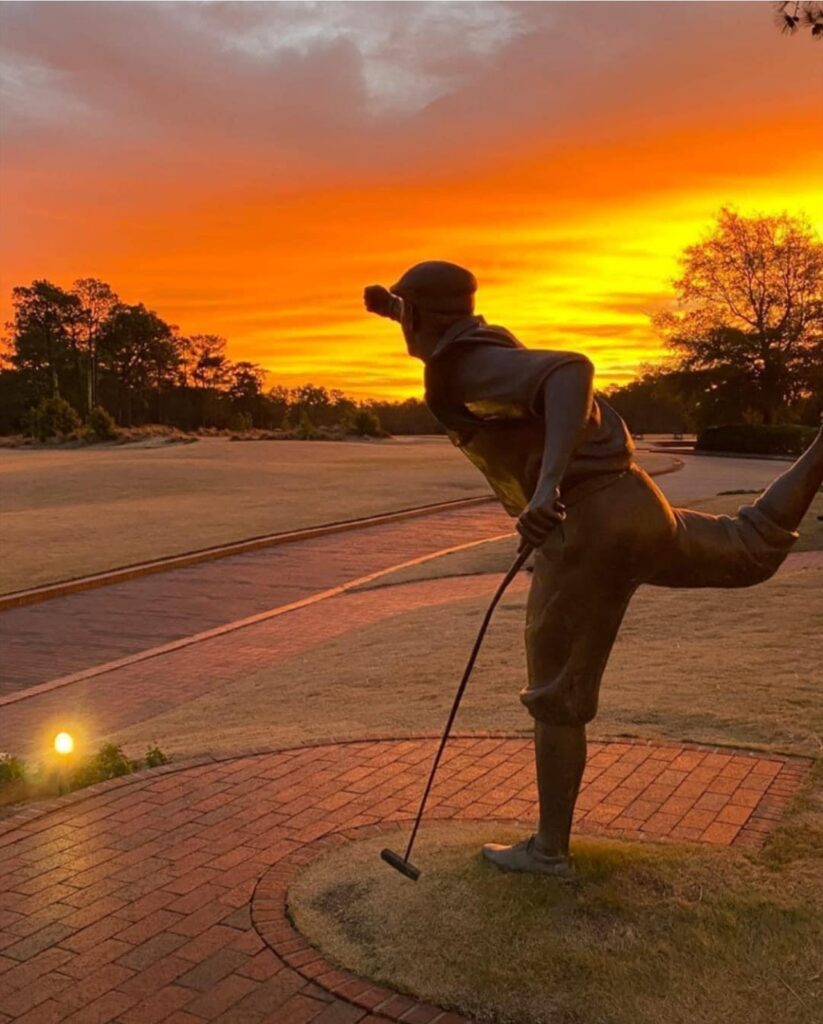
Payne at 25

Where to Antique in Cameron and Carthage

Girls’ Weekend in Moore County
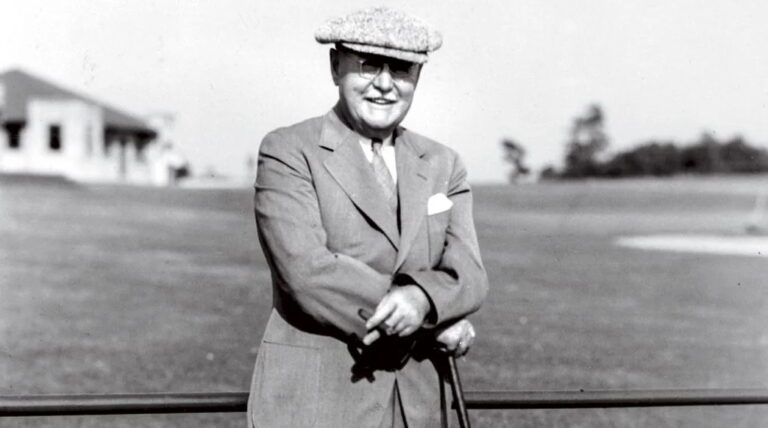
Sandhills Hall of Fame
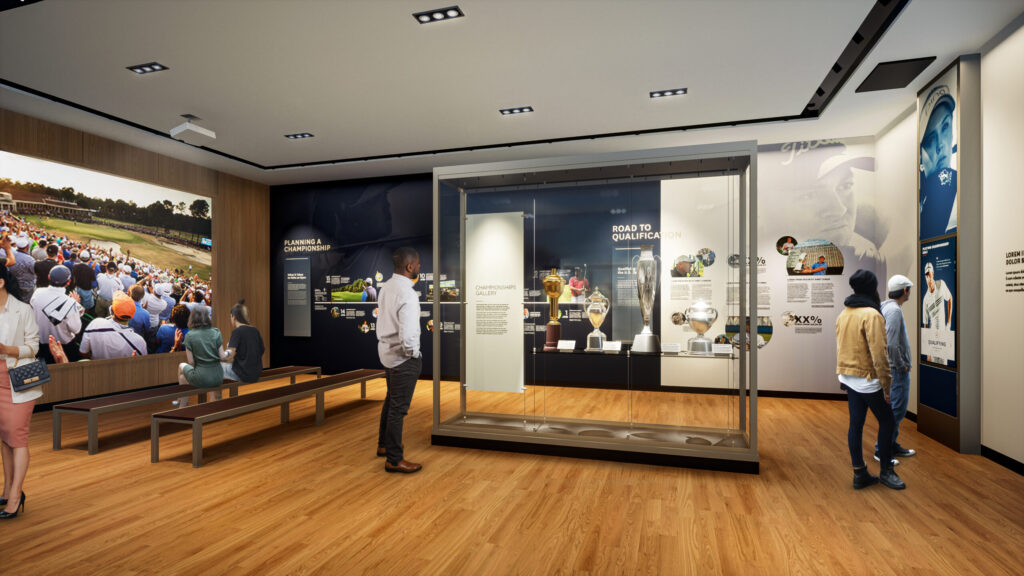
Hall of Fame Take Two
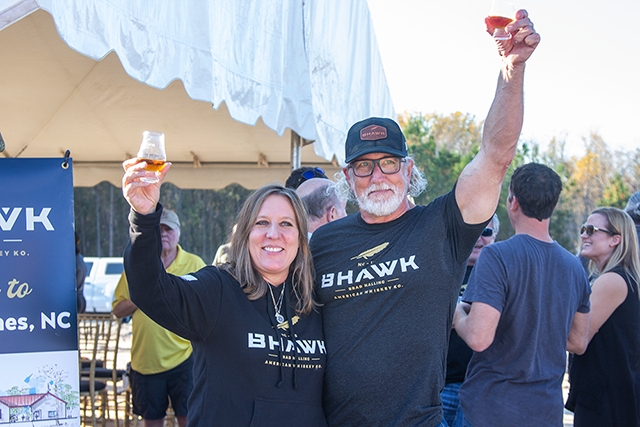
BHAWK Distillery Toasts Military Spirit

A Dozen Master Strokes
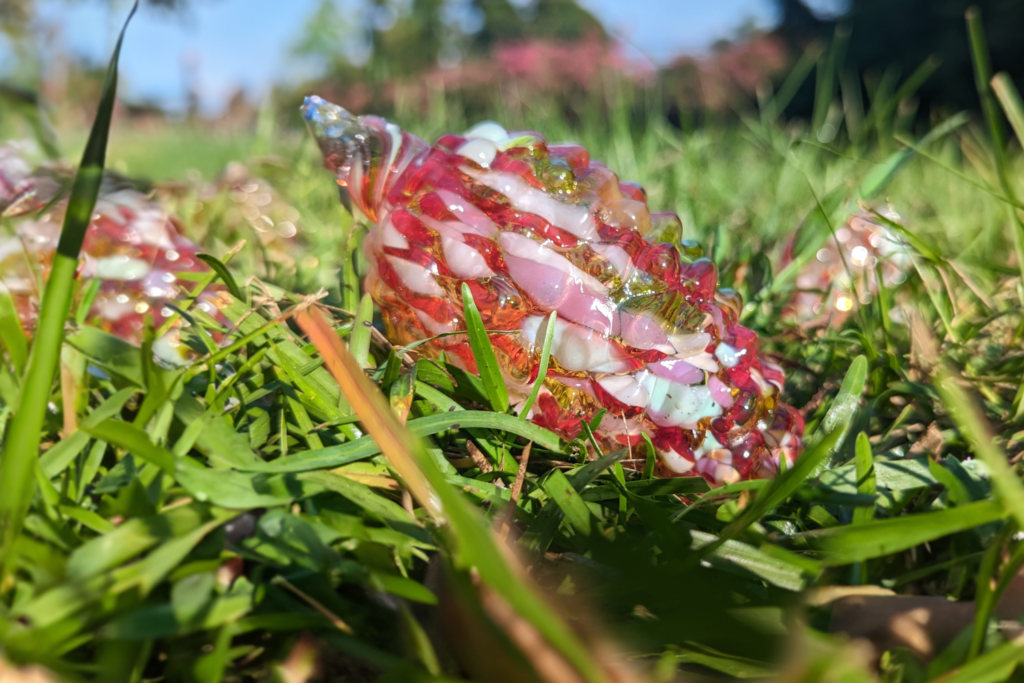
Popular Pinecone Pathways Returns for Spring 2024
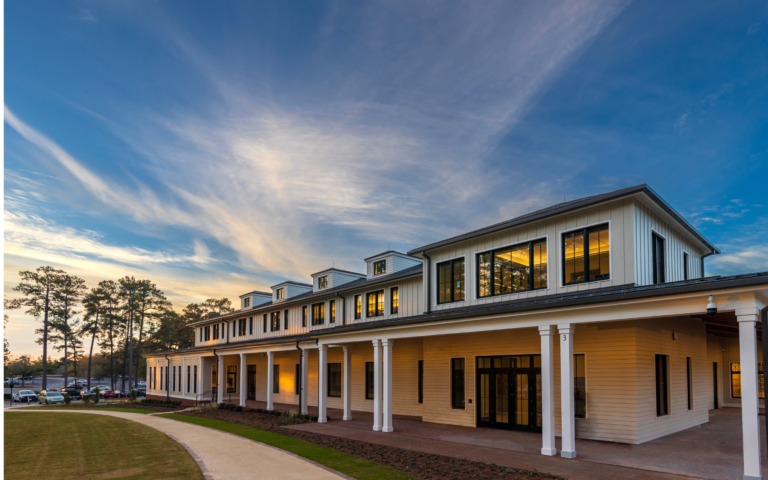
The Dynamic Decade
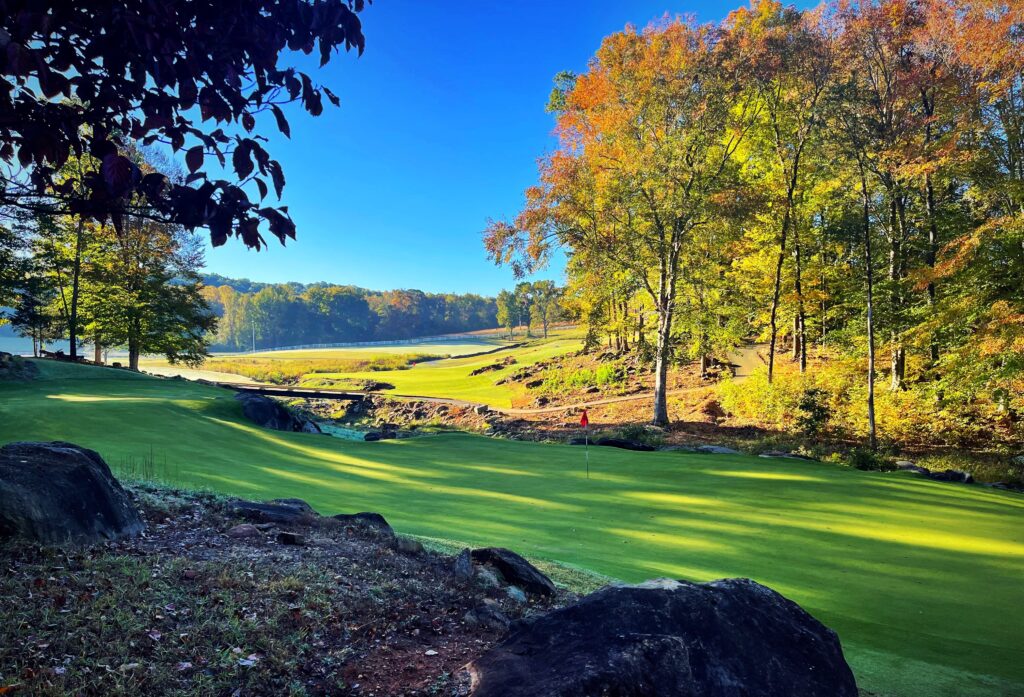
Sandhills Pours Double Dose
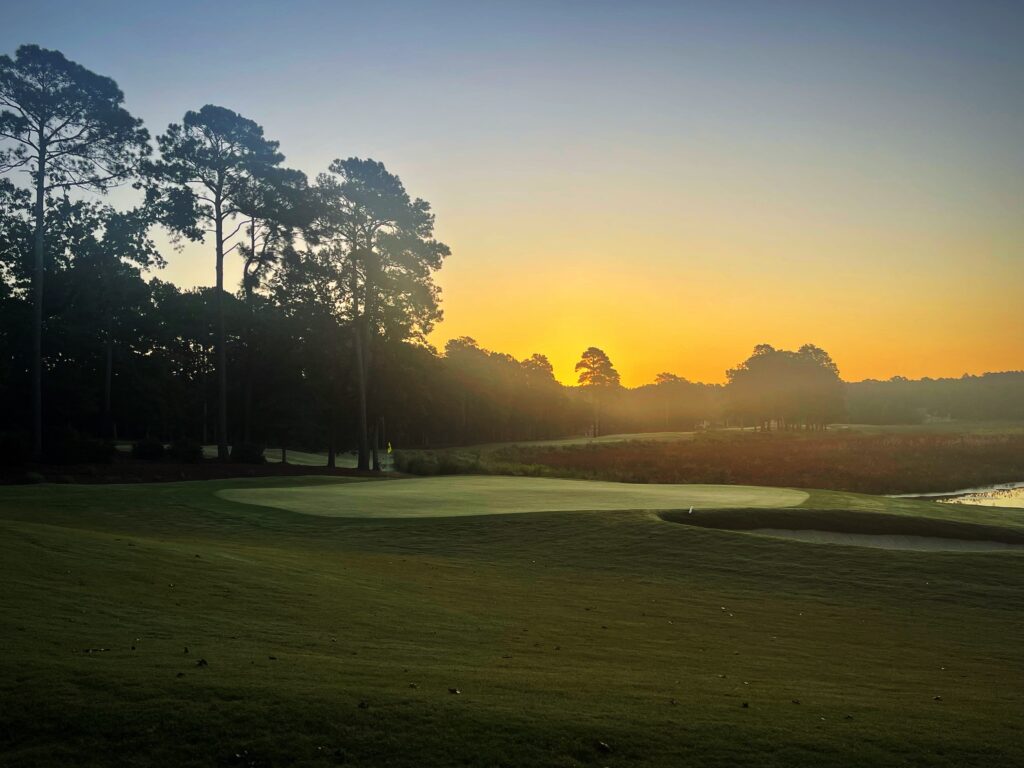
Rebirth at Woodlake

Pints in the Pines: A Guide to the Breweries of the Sandhills

